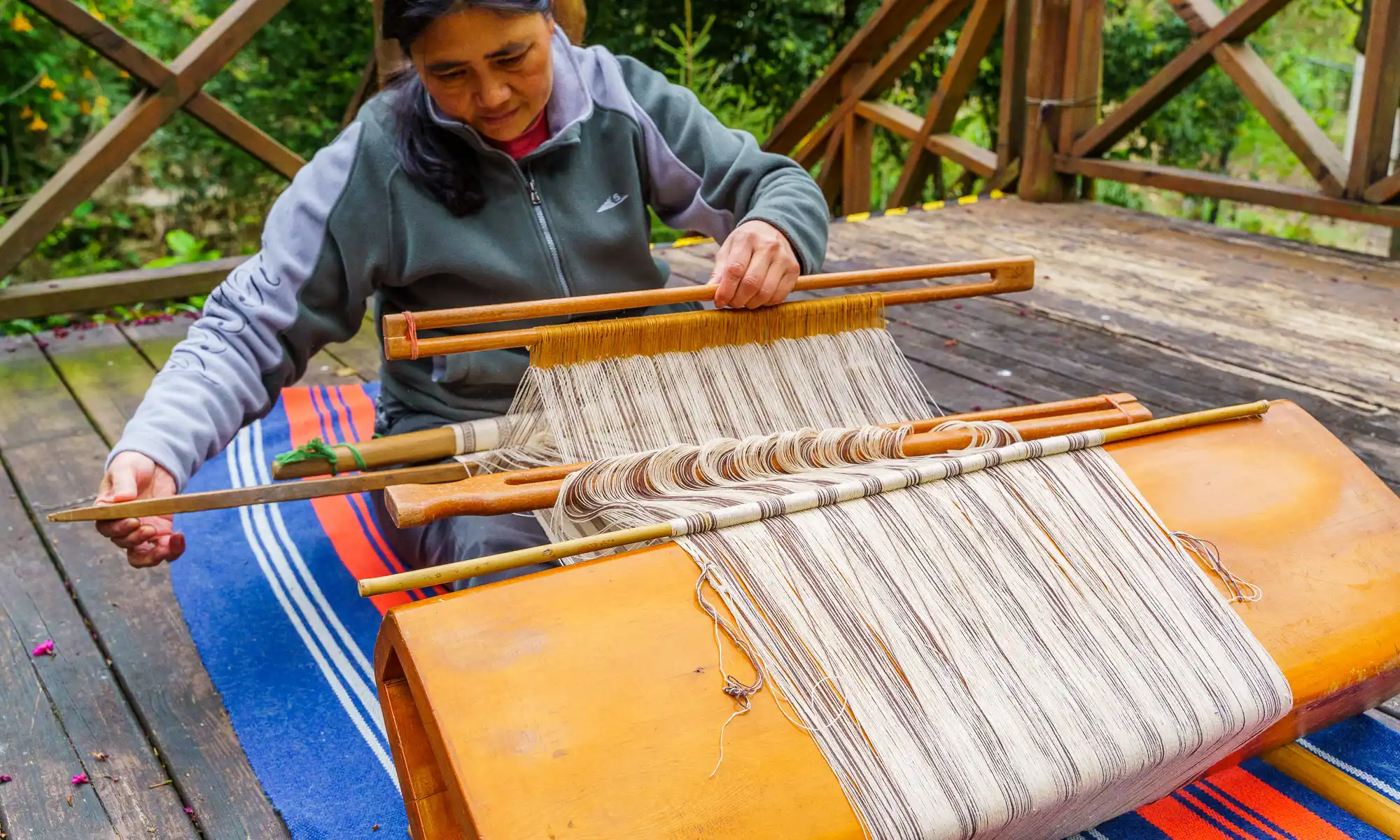An Insider’s Guide to Miaoli County:
Exploring Traditional Arts and Hakka Culture
Home to not one but two towns (Sanyi Township, Nanzhuang Township) that have been recognized as international “slow towns” by Italy-based Cittaslow International, Miaoli County is a home to old industry, slow living, authentic Hakka culture, and off-the-beaten track mountain escapes.
Take the secluded mountain town of Nanzhuang for example. Historically a small town that revolved around forestry, mining and farming, the old town has since been transformed into a cultural center with delicious Hakka restaurants, quaint cafes, and privately-run bed and breakfasts.
Back in the countryside, the slow town of Sanyi is home to the wonderful Sanyi Wood Sculpture Museum which not only pays tribute to the town’s century of history as a wood carving capital but also features exhibitions on indigenous wood carving, and more.
Other destinations of interest include the recreational ranch, Flying Cow Ranch, which offers farming experiences for the whole family, and the Old Mountain Rail Line which is a restored scenic and historic railway that has been outfitted with electric bicycles.
If you have the time, Miaoli’s diverse array of attractions and rural countryside will leave you with cherished memories of a different side of Taiwan.
Nanzhuang Old Street
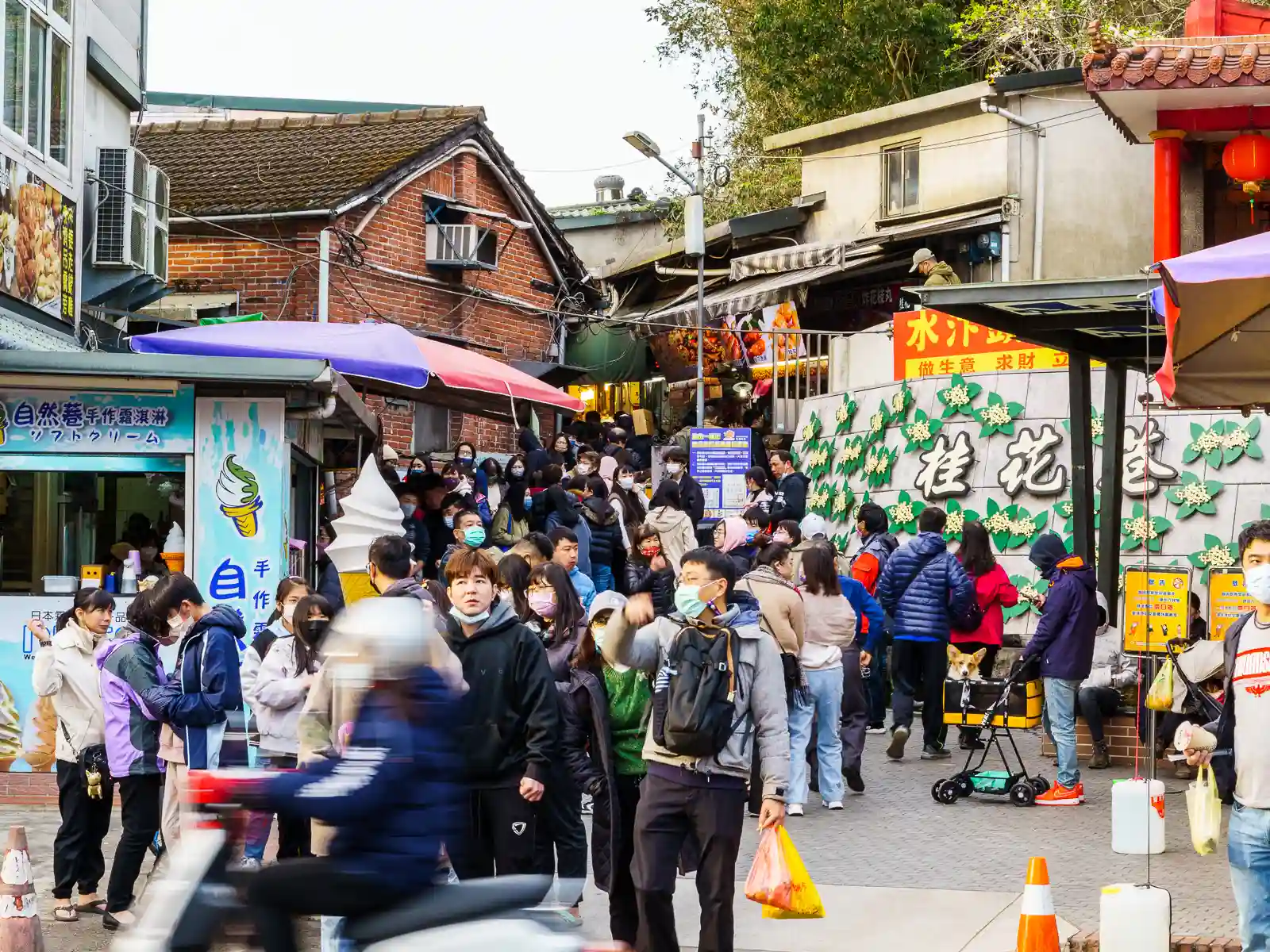
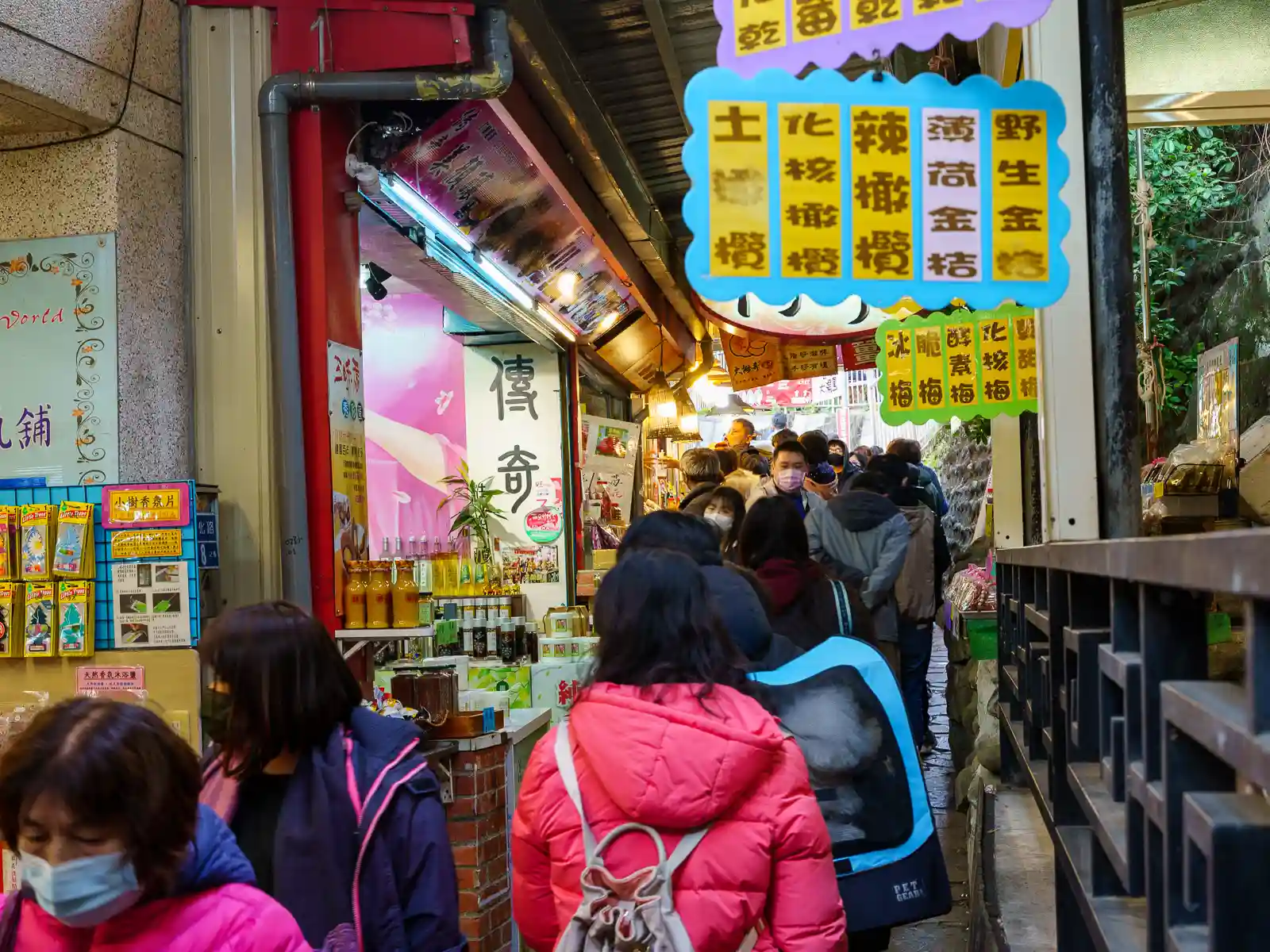
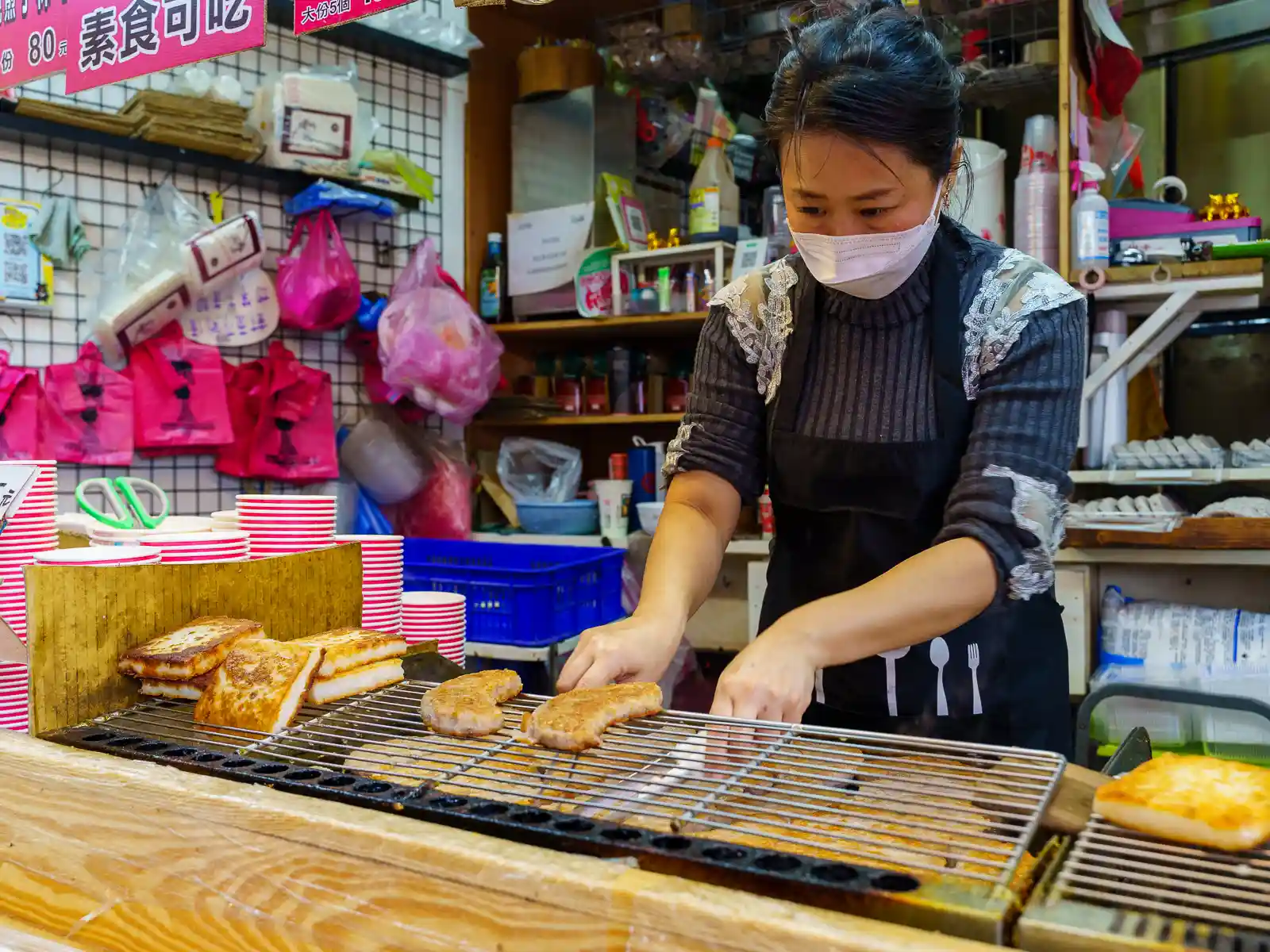
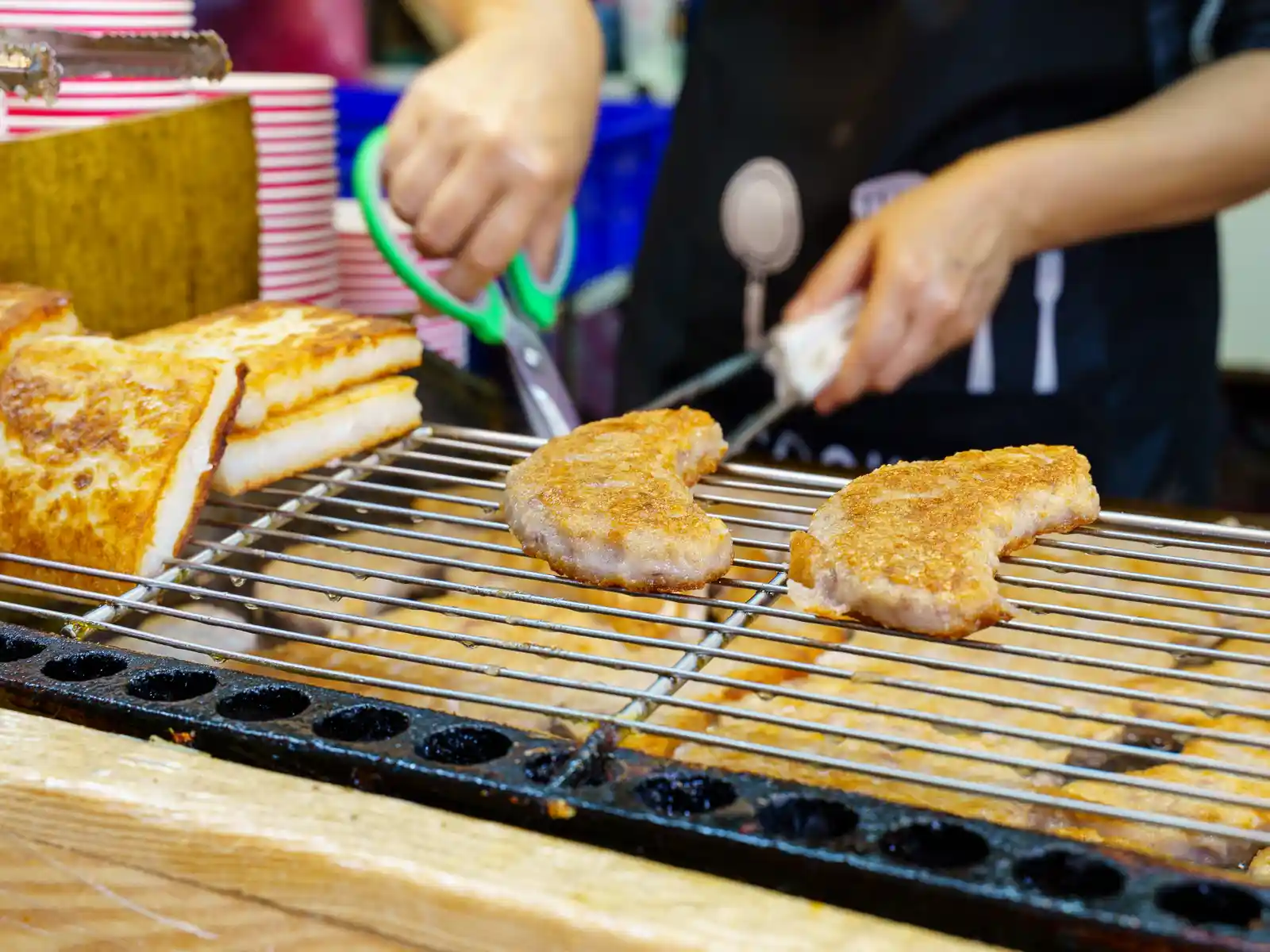
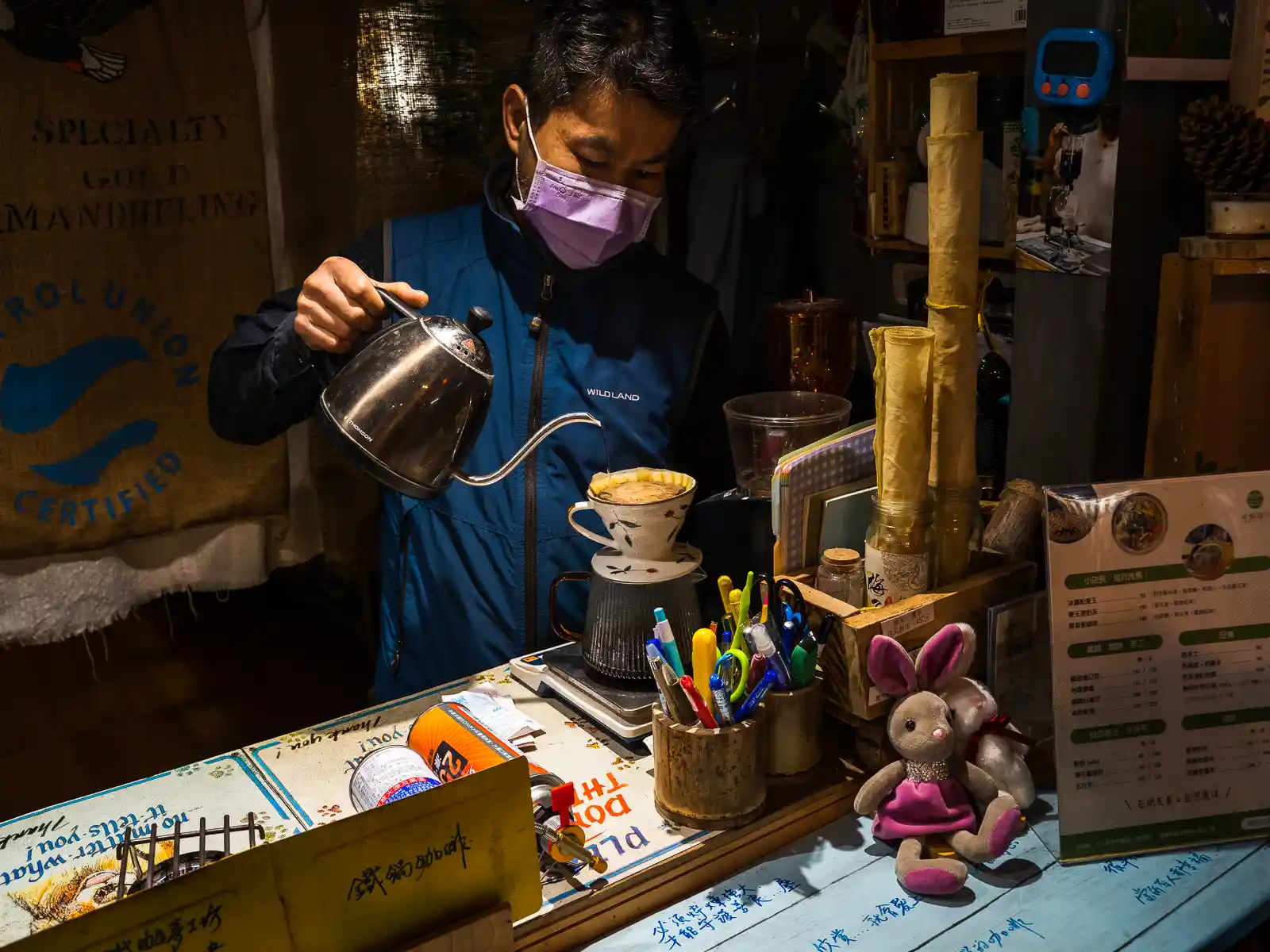
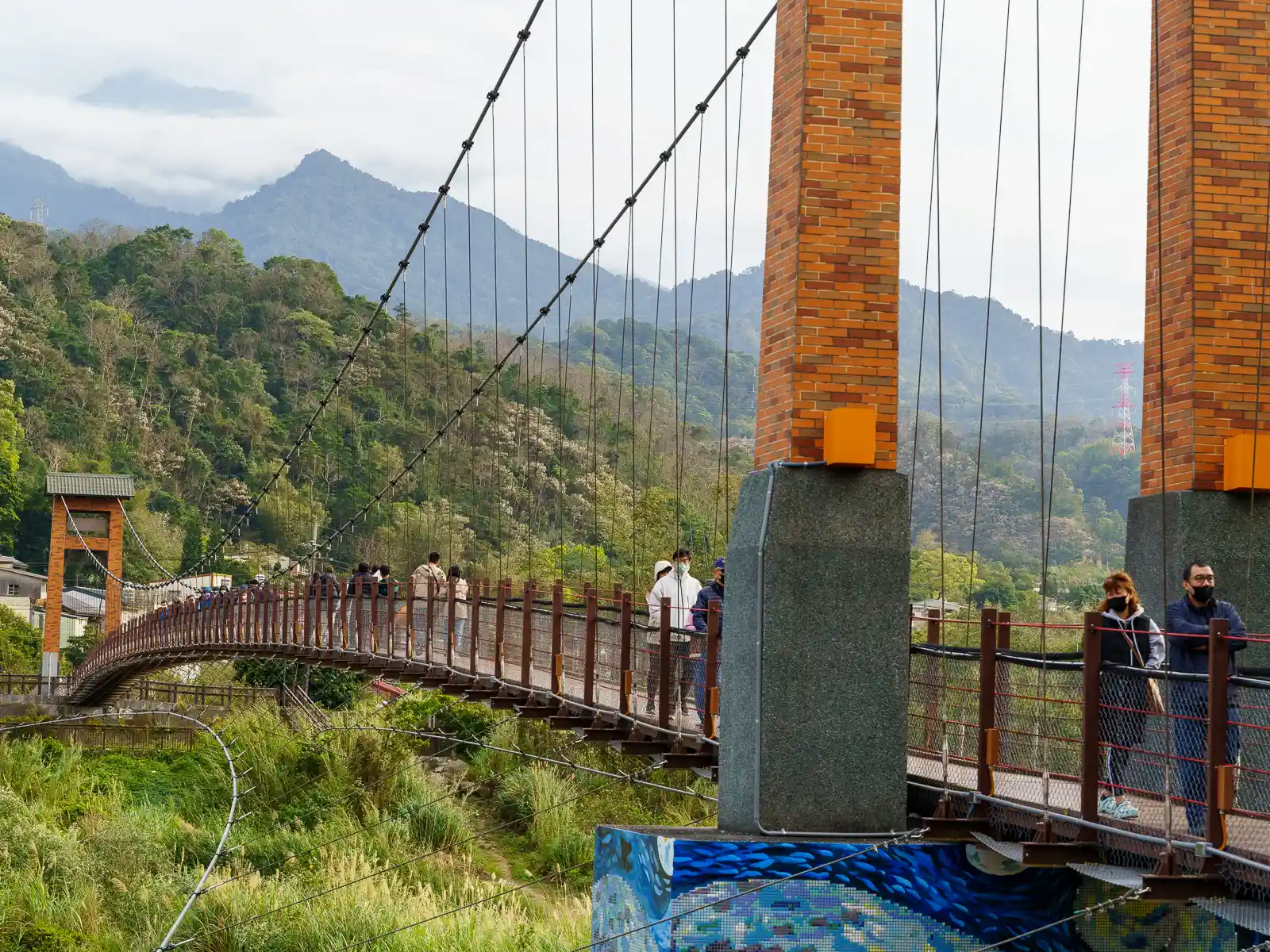
Nanzhuang Old Street, located in Nanzhuang Village amid the foothills of the majestic Xueshan “Snow Mountain” Mountain Range, is home to a large Hakka population. The old-timey town exudes a strong sense of Hakka nostalgia and sampling Hakka delicacies is one of the attractions here. While Nanzhuang’s Old Street is not particularly massive in scale, ease of access from Miaoli, and the town’s relaxed pace of life mean it is often packed during the holidays.
Attractions here include Yongchang Temple, the old Japanese-style post office, Guihua Lane, and Nanzhuang Suspension Bridge. While in the area, be sure to check out Nanzhuang’s delicious eateries, and consider spending the night in one of the many family-run bed and breakfasts around town.
Yanzitao Pottery Coffee B&B
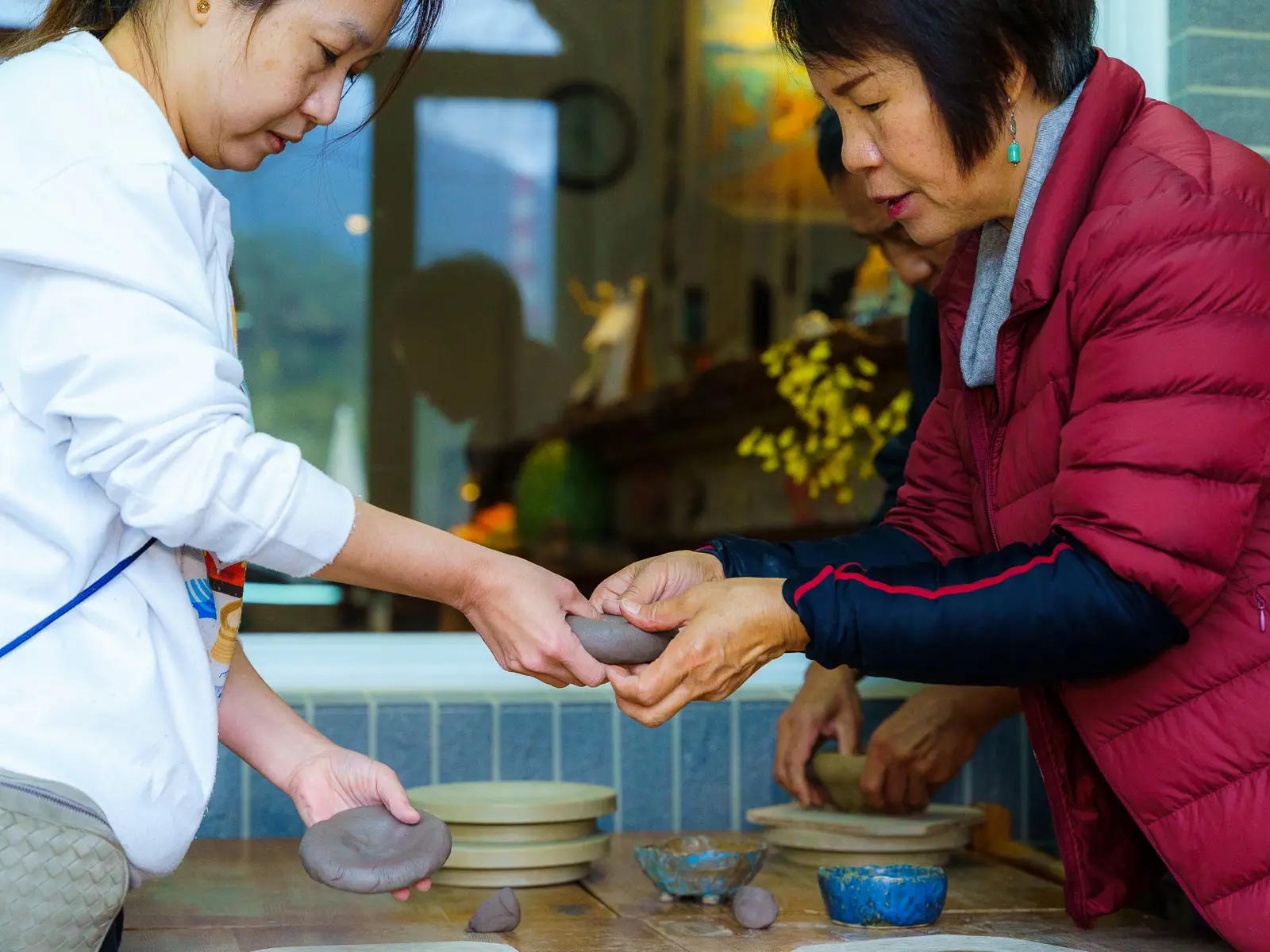
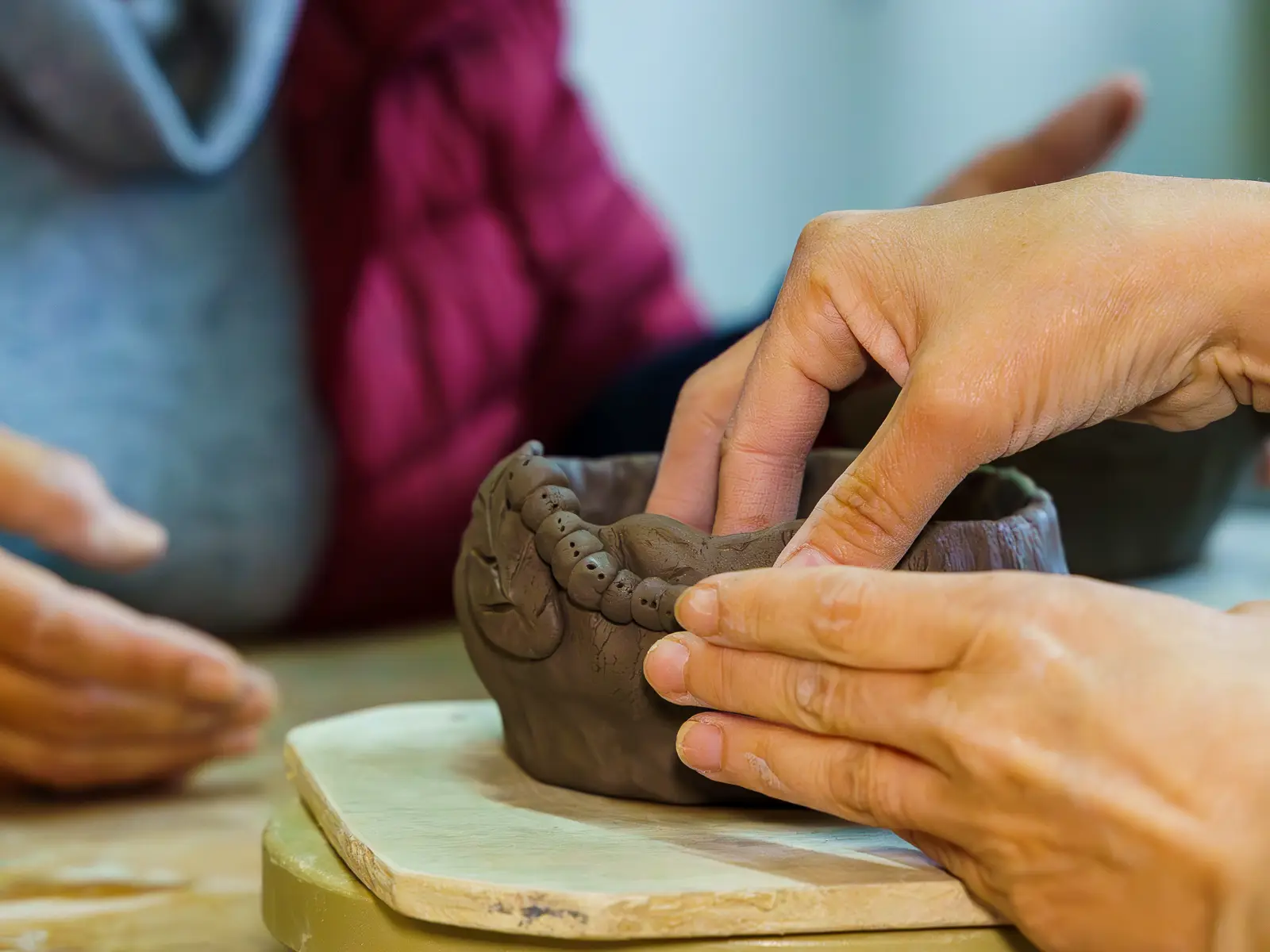
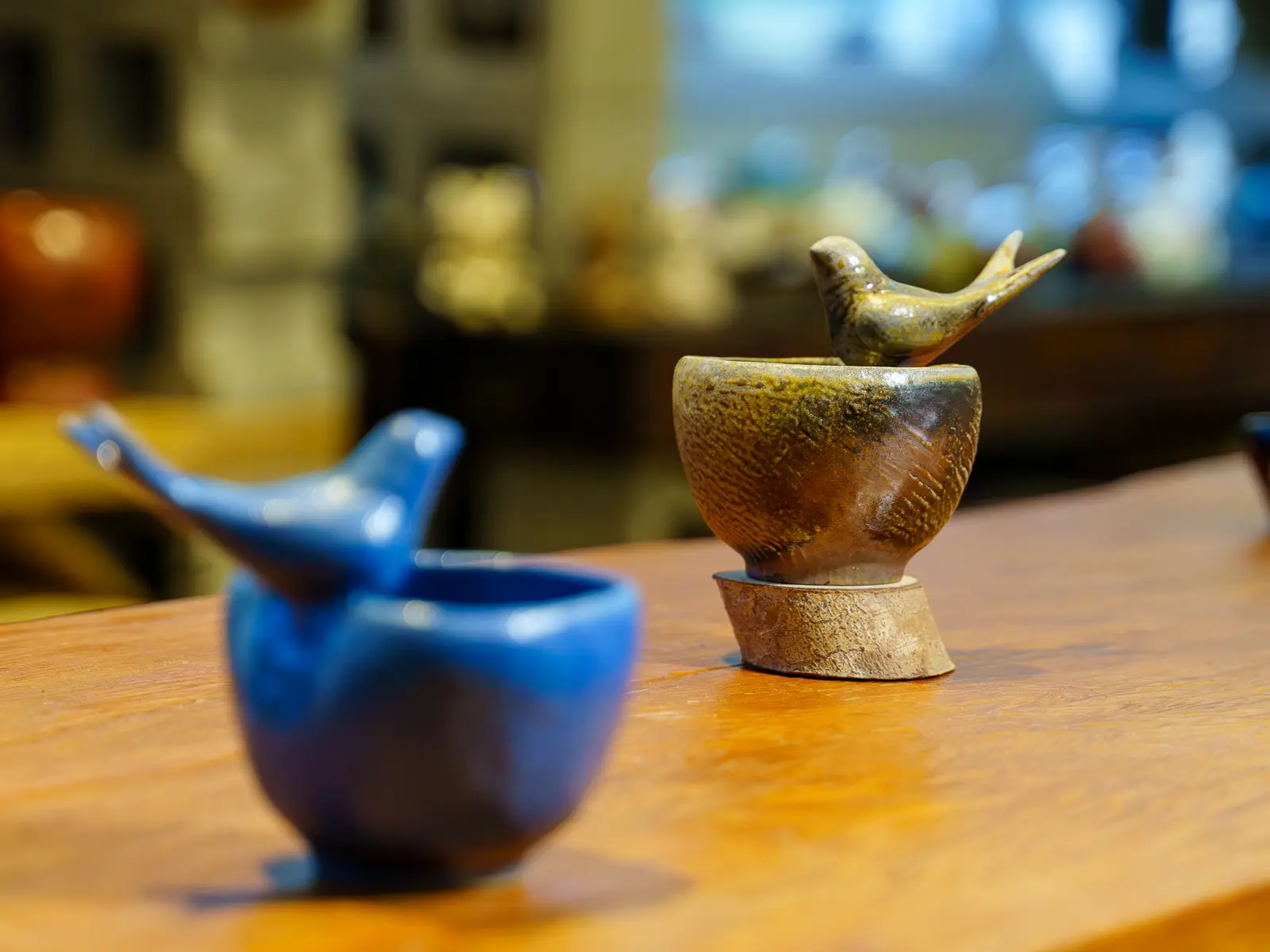

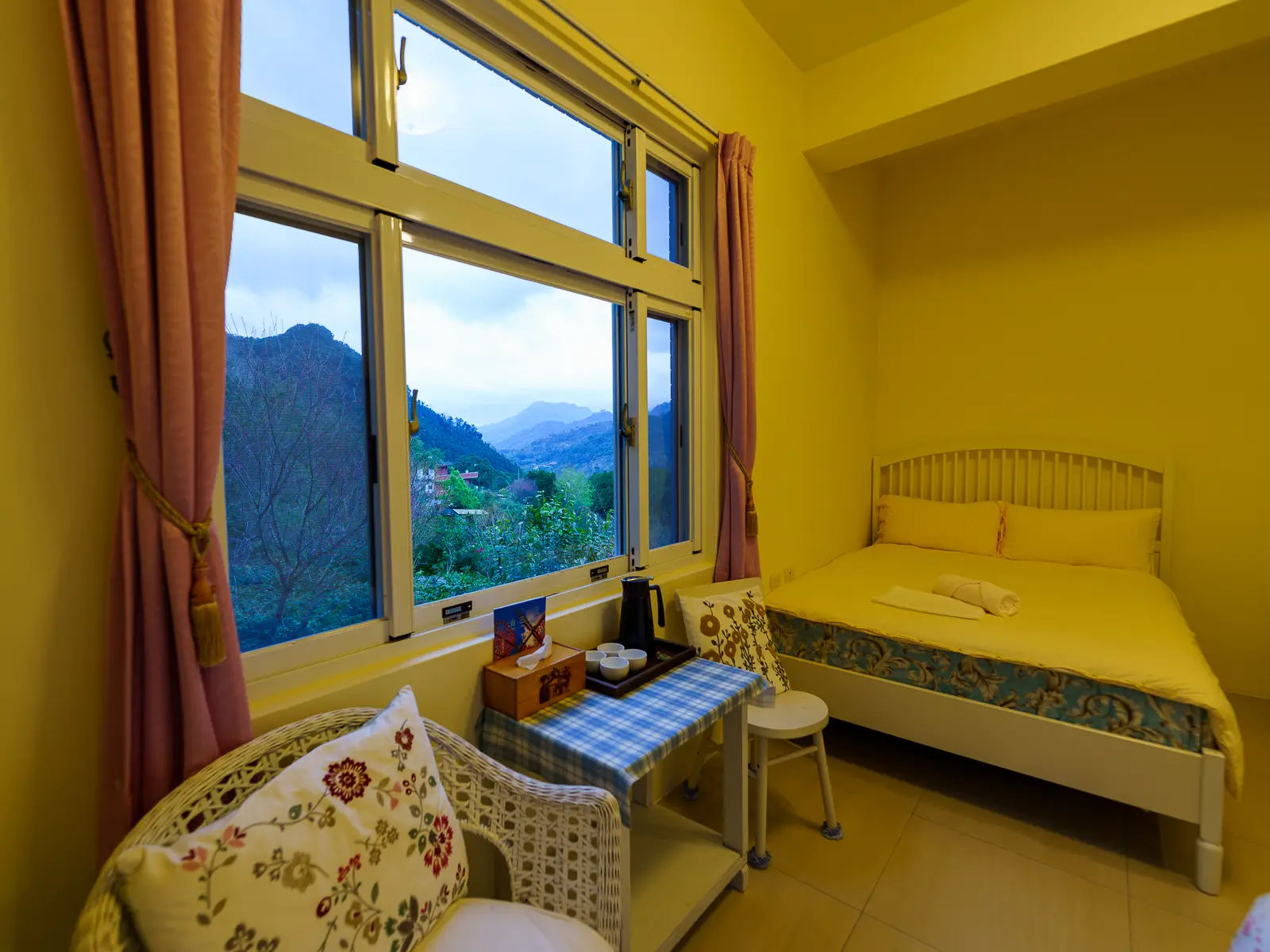
The enchanting family-run Yanzitao Pottery Coffee B&B is just one of many secluded mountainside cottages that surround the town of Nanzhuang. The B&B’s garden boasts coffee shrubs, aromatic flowers, and majestic trees like dawn redwoods and tung trees, offering a picturesque landscape.
Like a growing number of bed and breakfasts in Taiwan that are family-run, Yanzitao stands out by offering DIY experiences that can expand visitors’ understanding of local culture. In this case, Chang, who opened Yanzitao with her husband, offers DIY pottery classes using local clay. Adults and children as young as three can participate and make a keepsake that will be mailed after it is dried and baked in one of their kilns on-site several days later.
On the other hand, Chang’s daughter Momo’s interests lie in coffee. She has begun cultivating her own arabica coffee on their property and offers DIY roasting experiences. Yanzitao is also a great place to try beans from many of Taiwan’s coffee growing regions, including Nanzhuang, Alishan, and Yunlin.
Raisinay Dyeing and Weaving Workshop
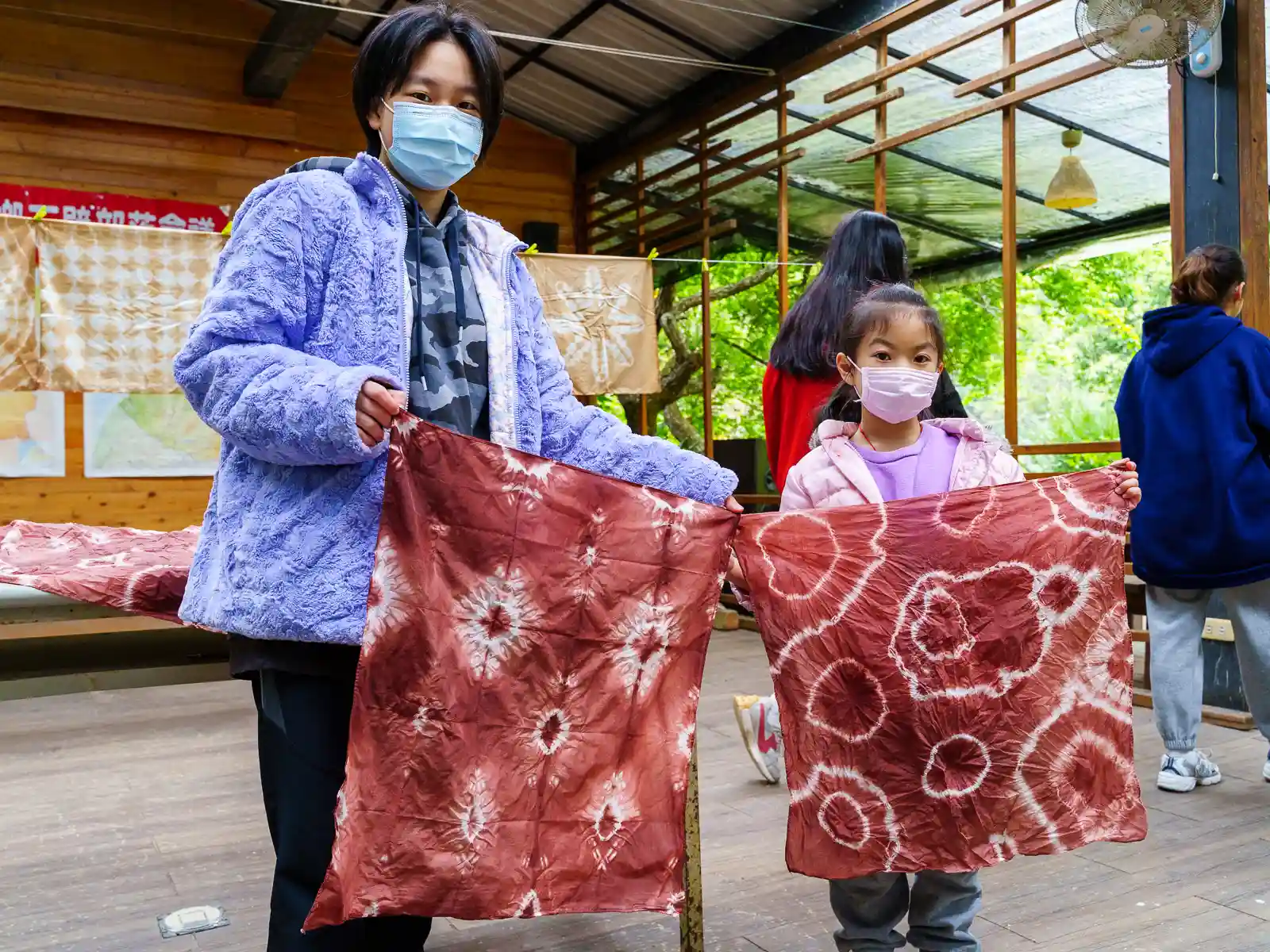
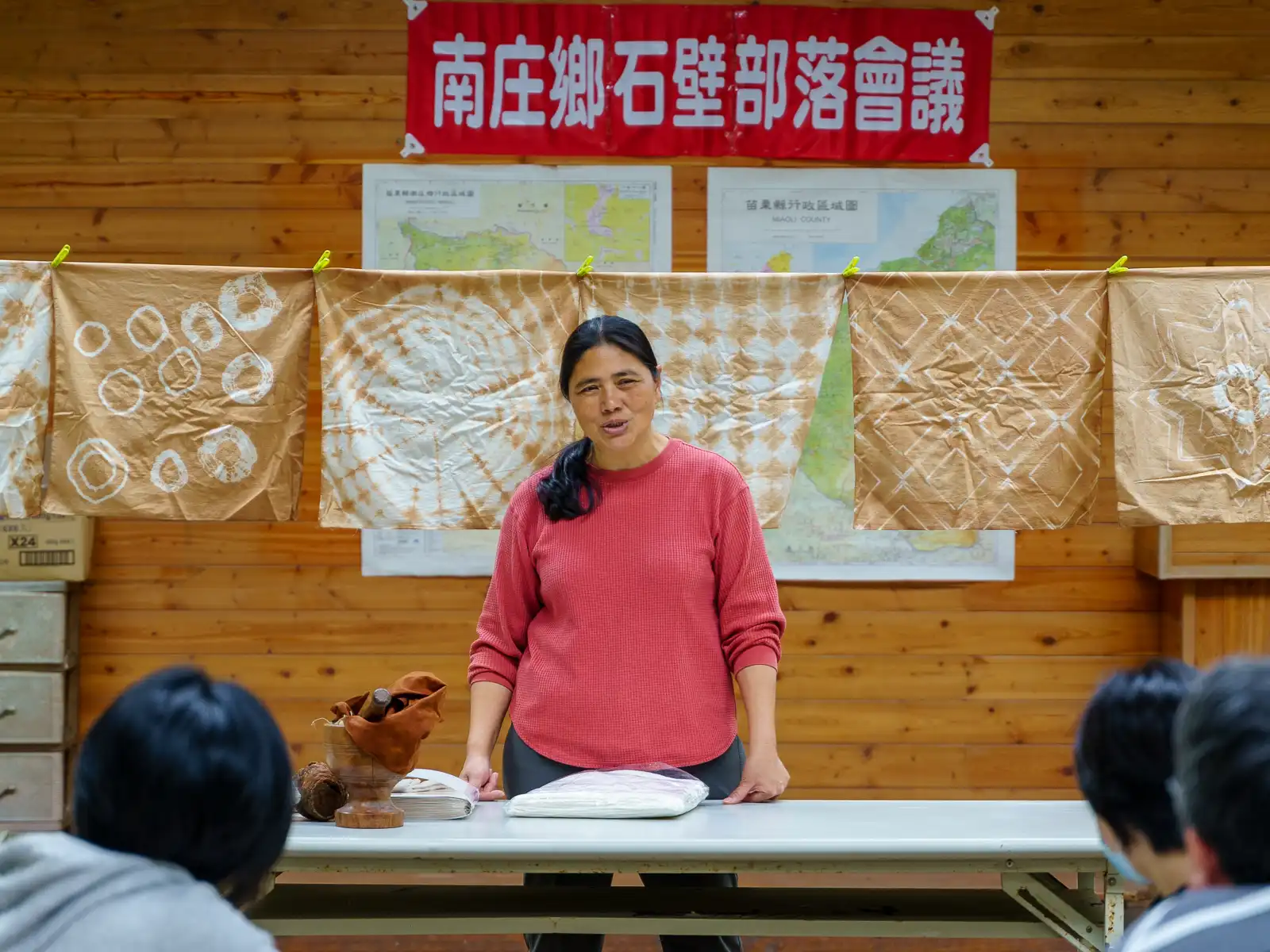
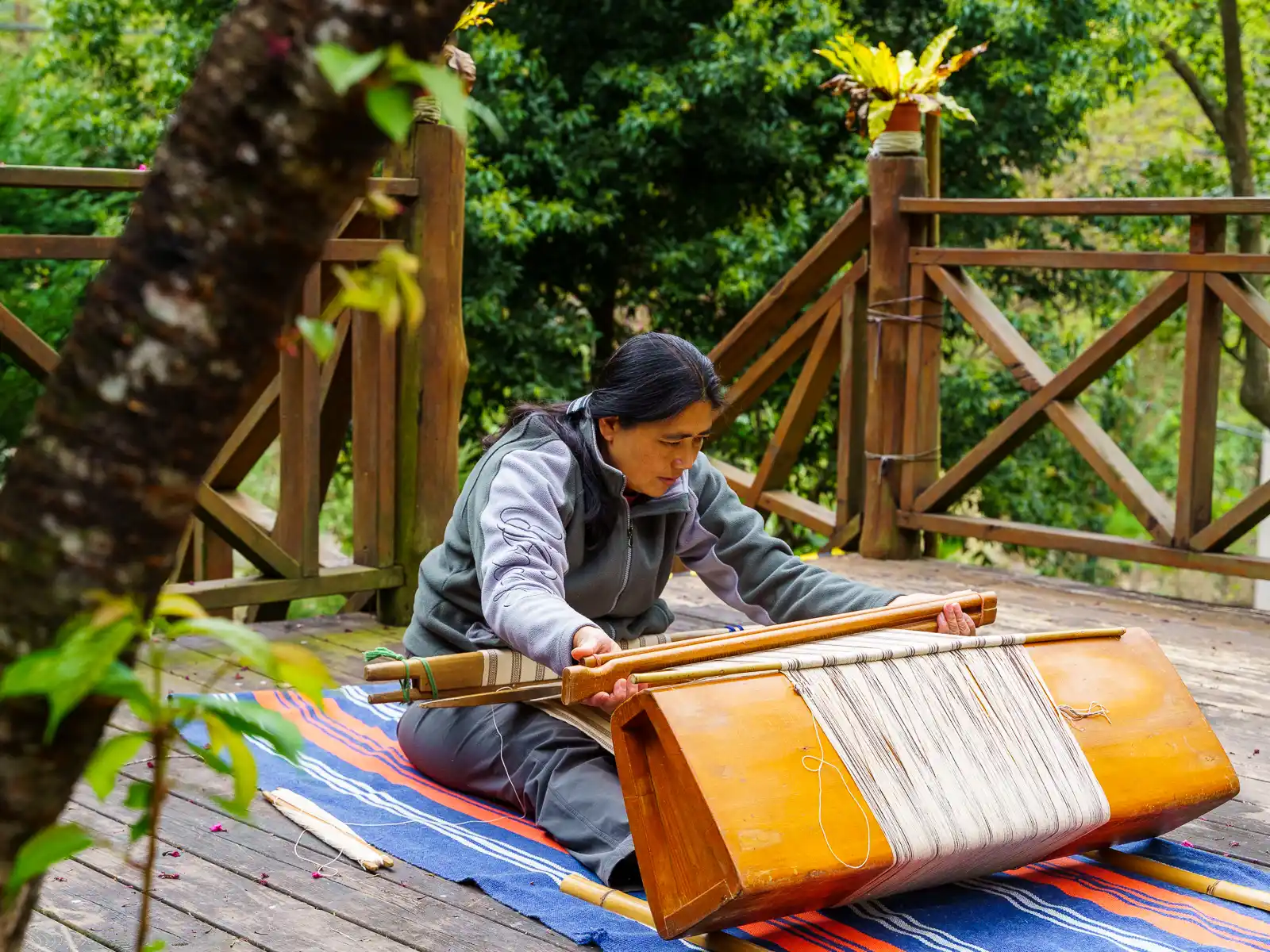
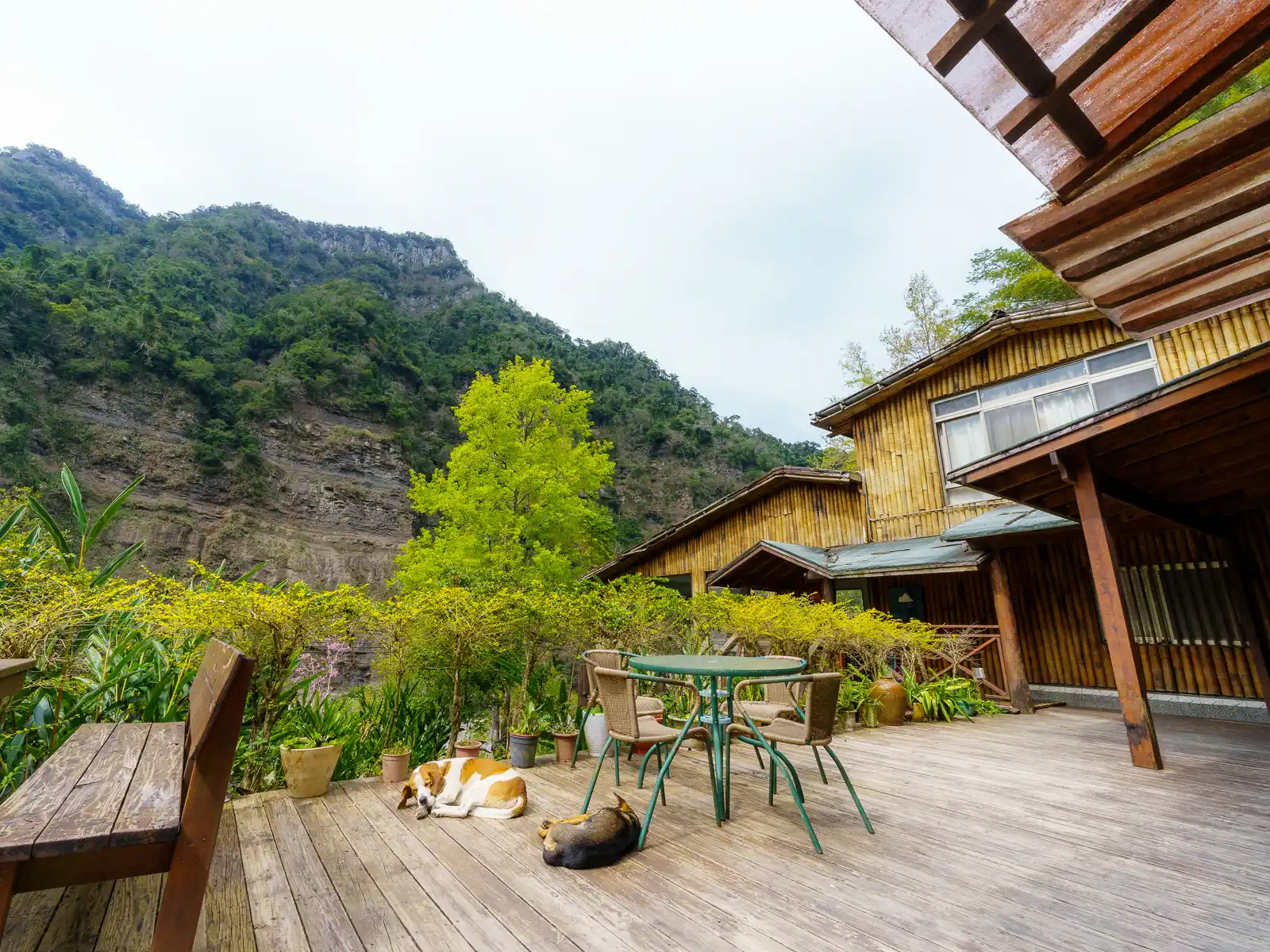
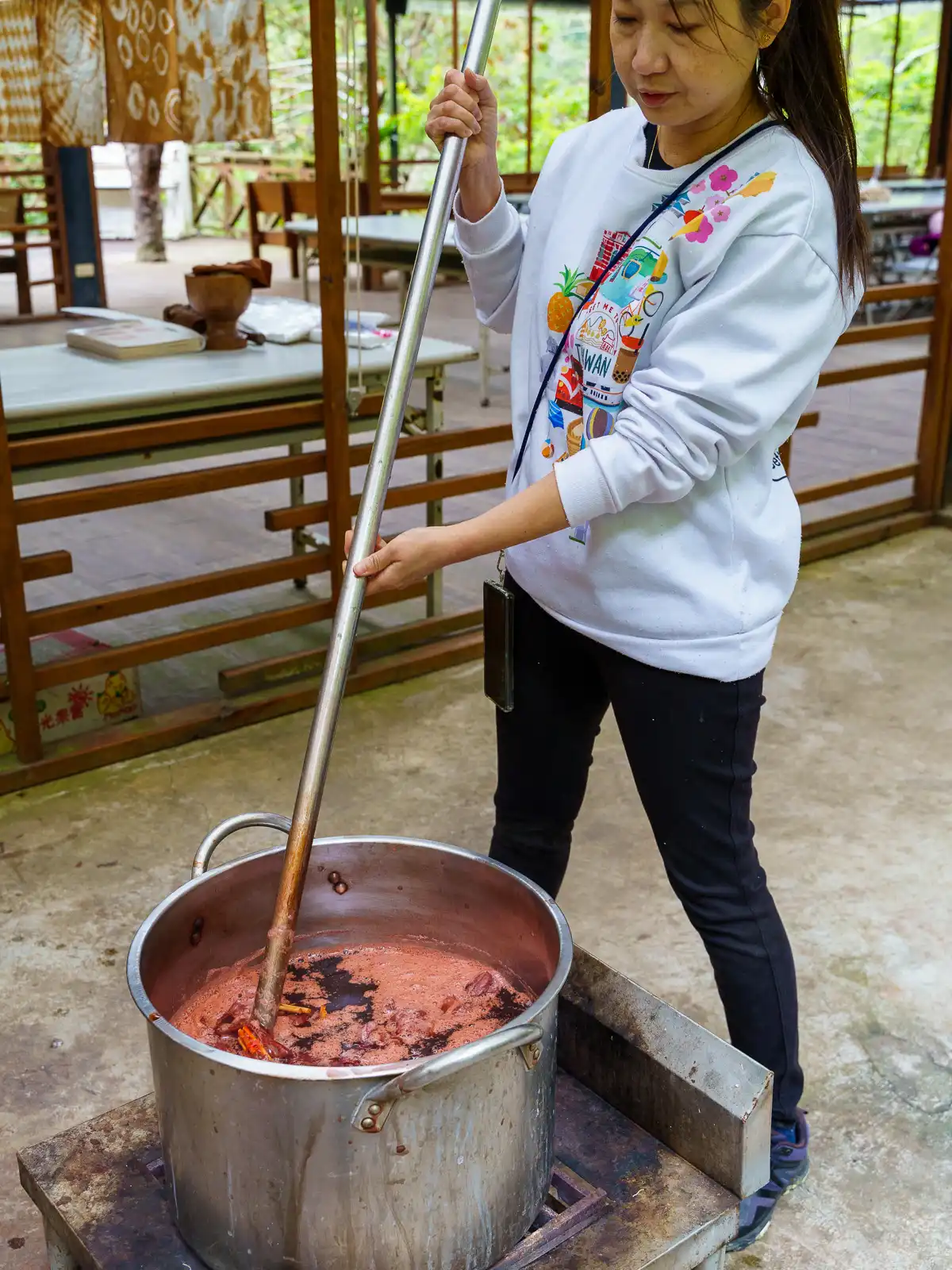
At Raisinay Weaving and Dyeing Workshop, talented weaver Shu-li Lin has begun sharing Atayal indigenous culture and weaving traditions through her weaving workshops.
Lin’s infectious humor and captivating demonstrations offer a glimpse into the passion and spirit of the Atayal indigenous people, and offer an authentic way to connect with traditional Atayal life. Experiences include the use of locally sourced plant-based vegetable dyes and learning about traditional weaving techniques from Atayal culture. Visitors can also observe Lin as she demonstrates the labor-intensive process of using a traditional loom to create Atayal patterns.
In the garden area around her workshop, Lin grows hemp, the traditional material used in woven cloth, and plants which are used in the natural dyeing process. Raisinay also offers lodging options.
The Valley of the Gods Scenic Area Suspension Bridge
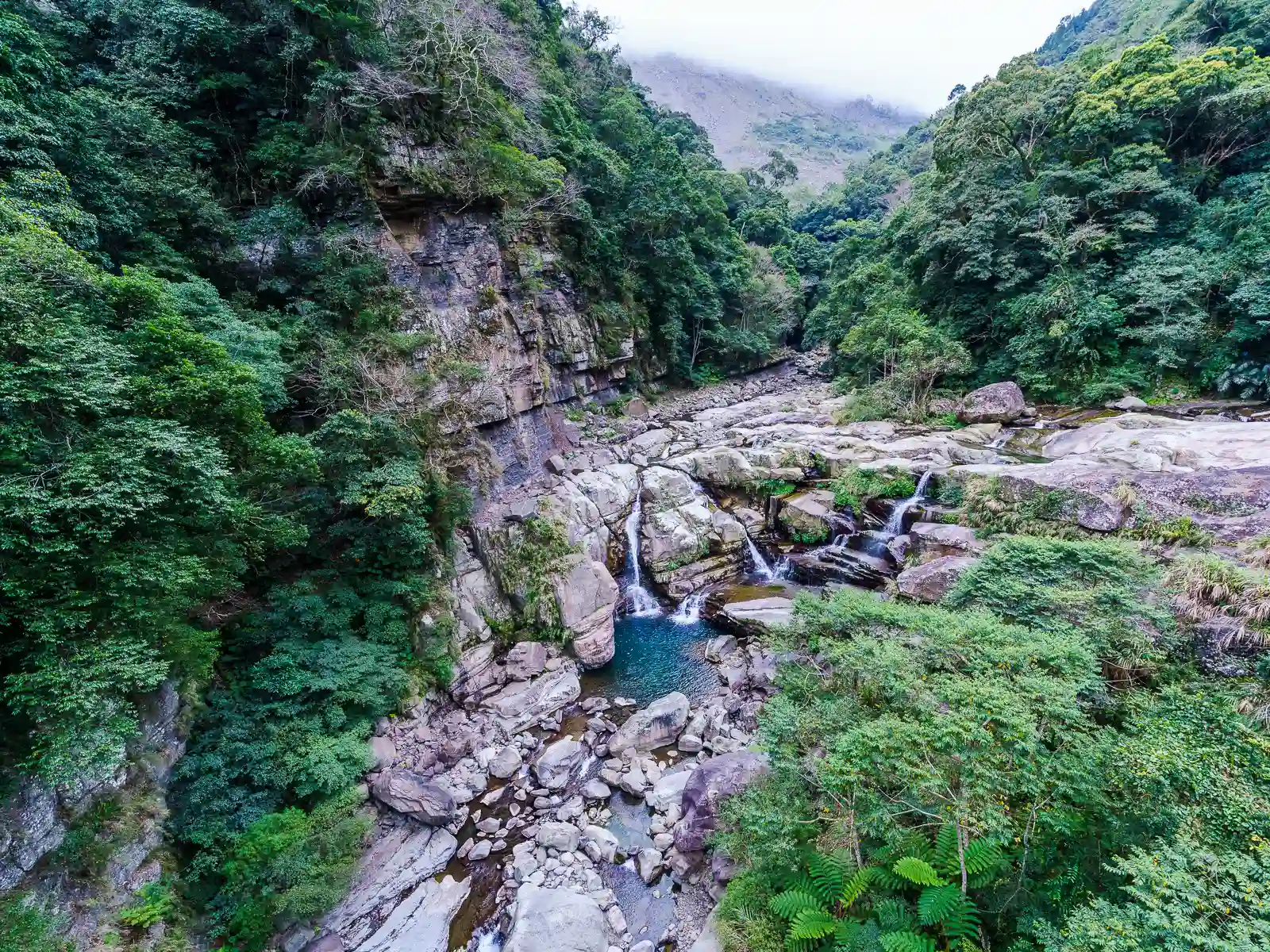
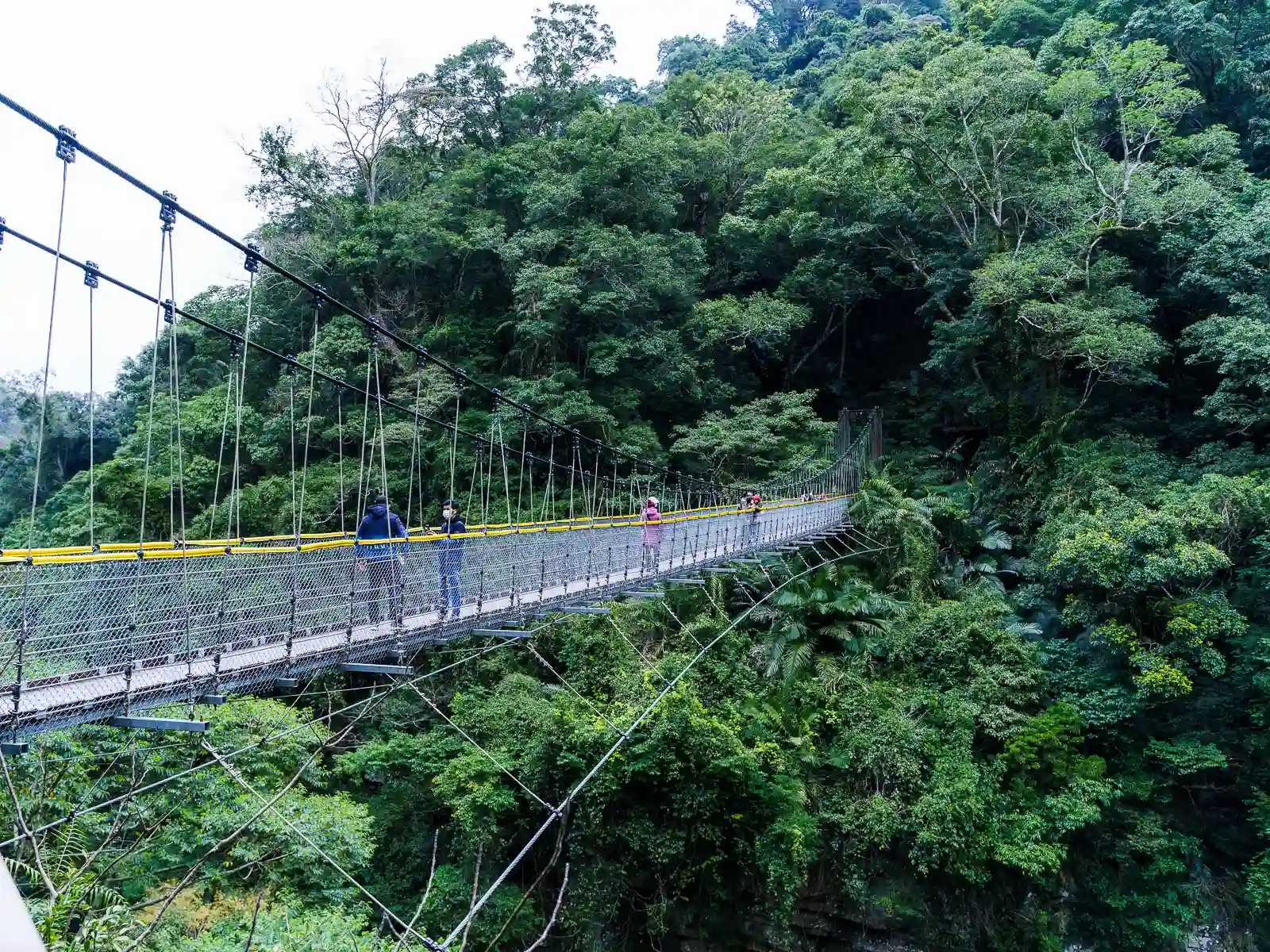
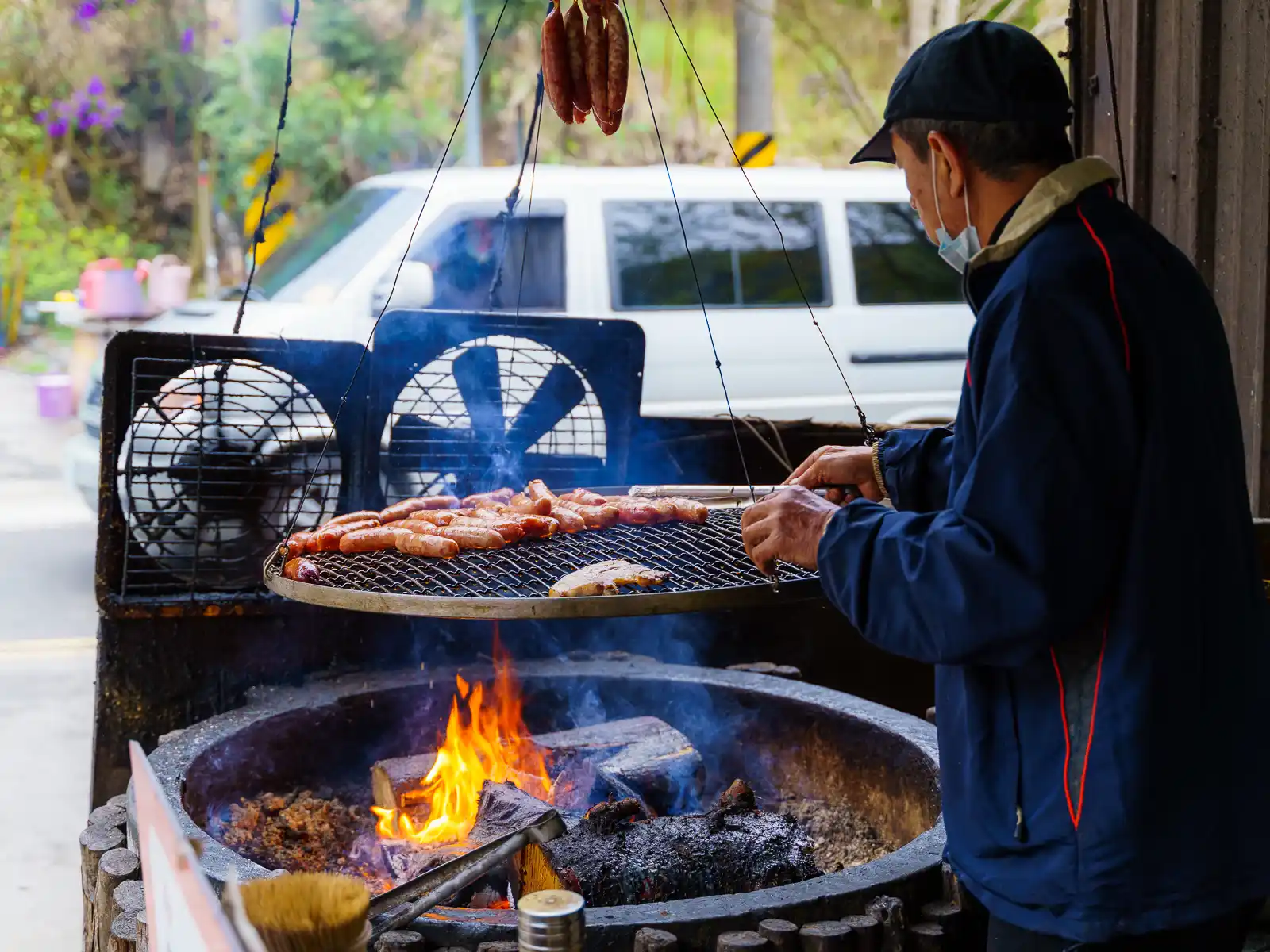
The Valley of the Gods, known as “Shenxiangu” in Mandarin, is famous locally for being one of the filming locations for the indigenous epic film “Warriors of the Rainbow: Seediq Bale”. This area used to be a sacred site for the Atayal indigenous people where their ancestors were buried.
The waterfall itself is located at the convergence of the Luhu River, Luchang River, and Fengmei River. Several trails lead to different viewpoints and a suspension bridge that crosses in front of the multi-tiered cascade offers another frontal view. Although from the photos this may seem like a remote mountain destination, this beautiful waterfall is only a 5-minute walk from the trail entrance.
Lion’s Head Mountain Scenic Area
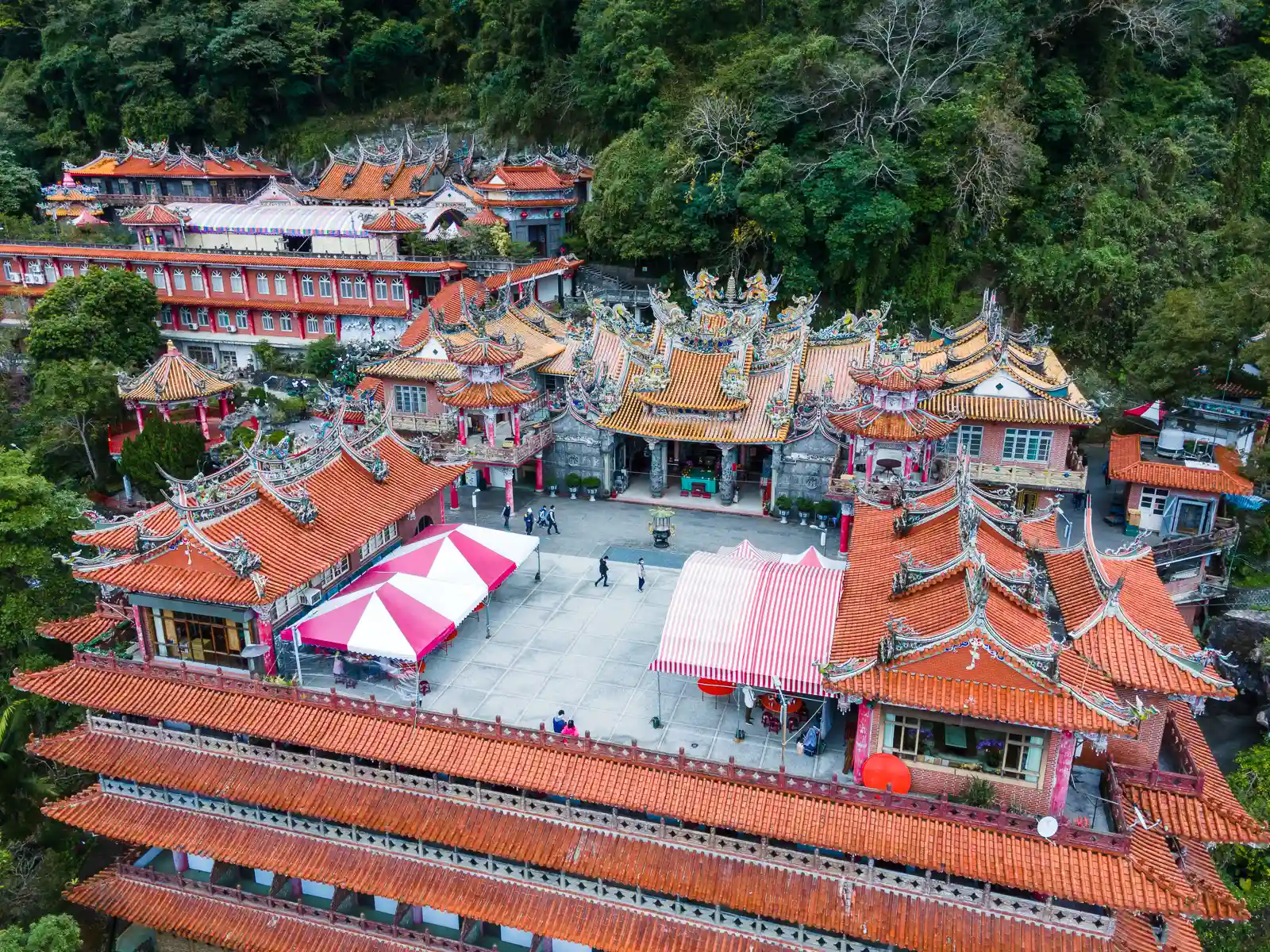
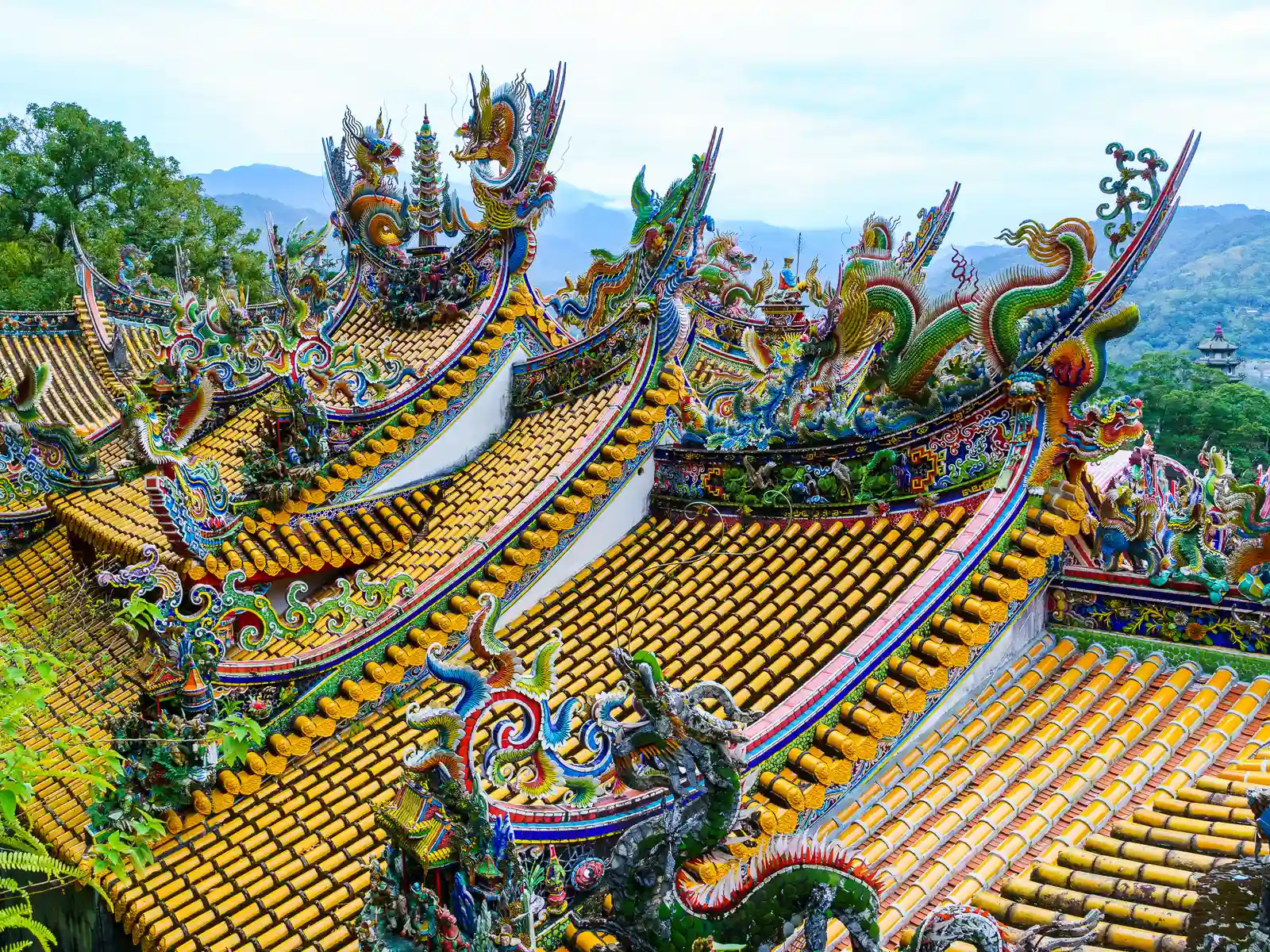
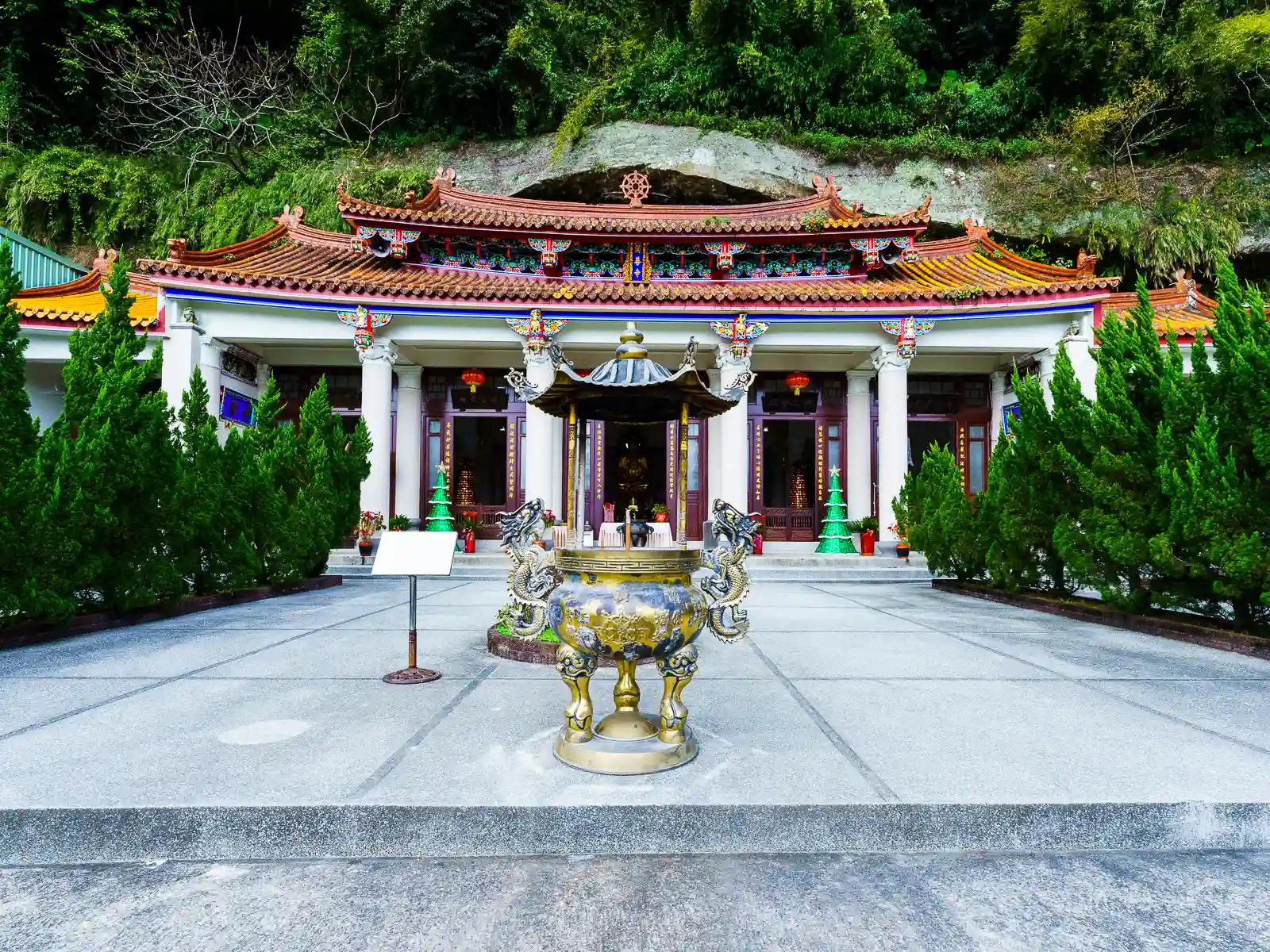
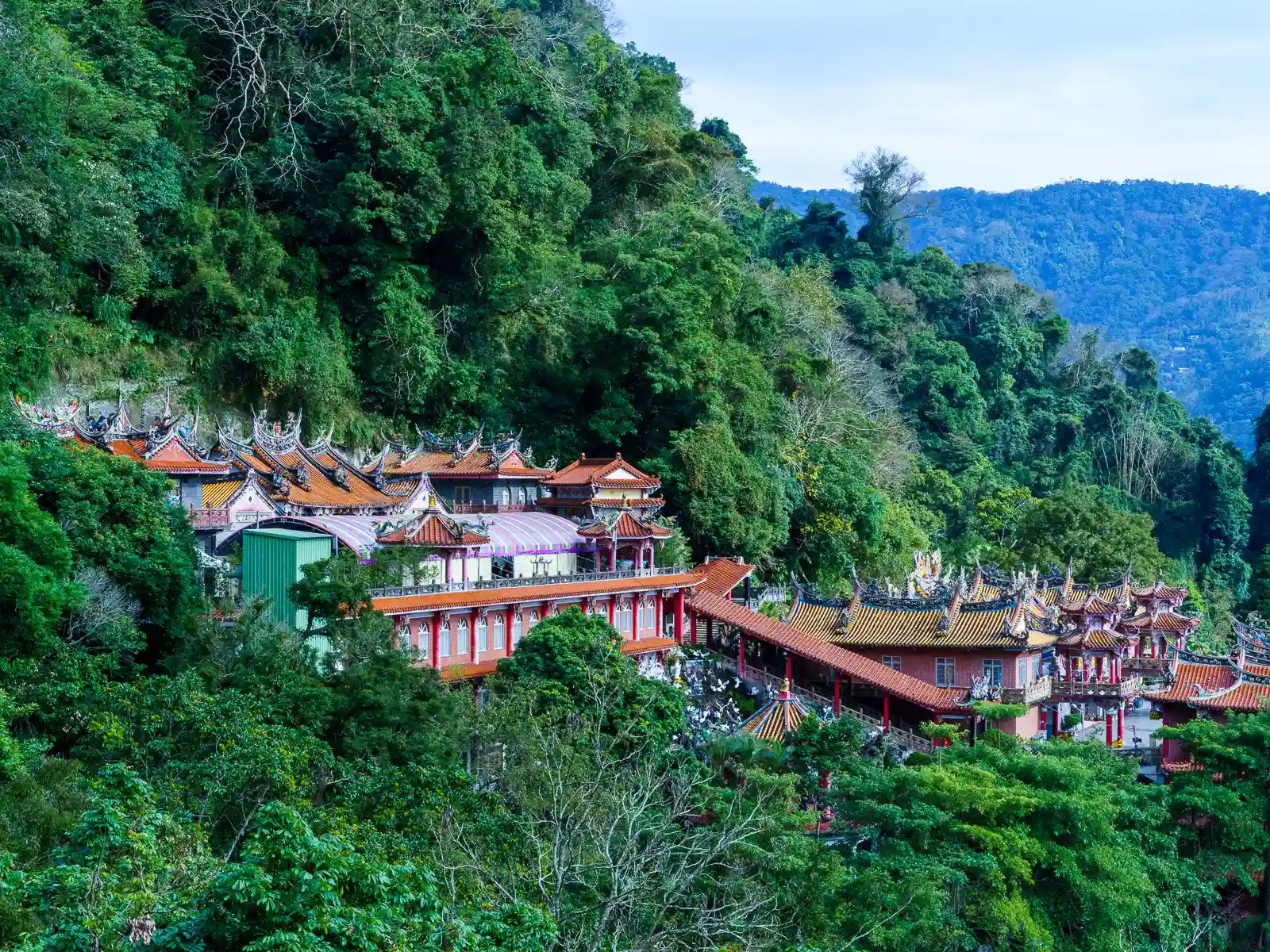
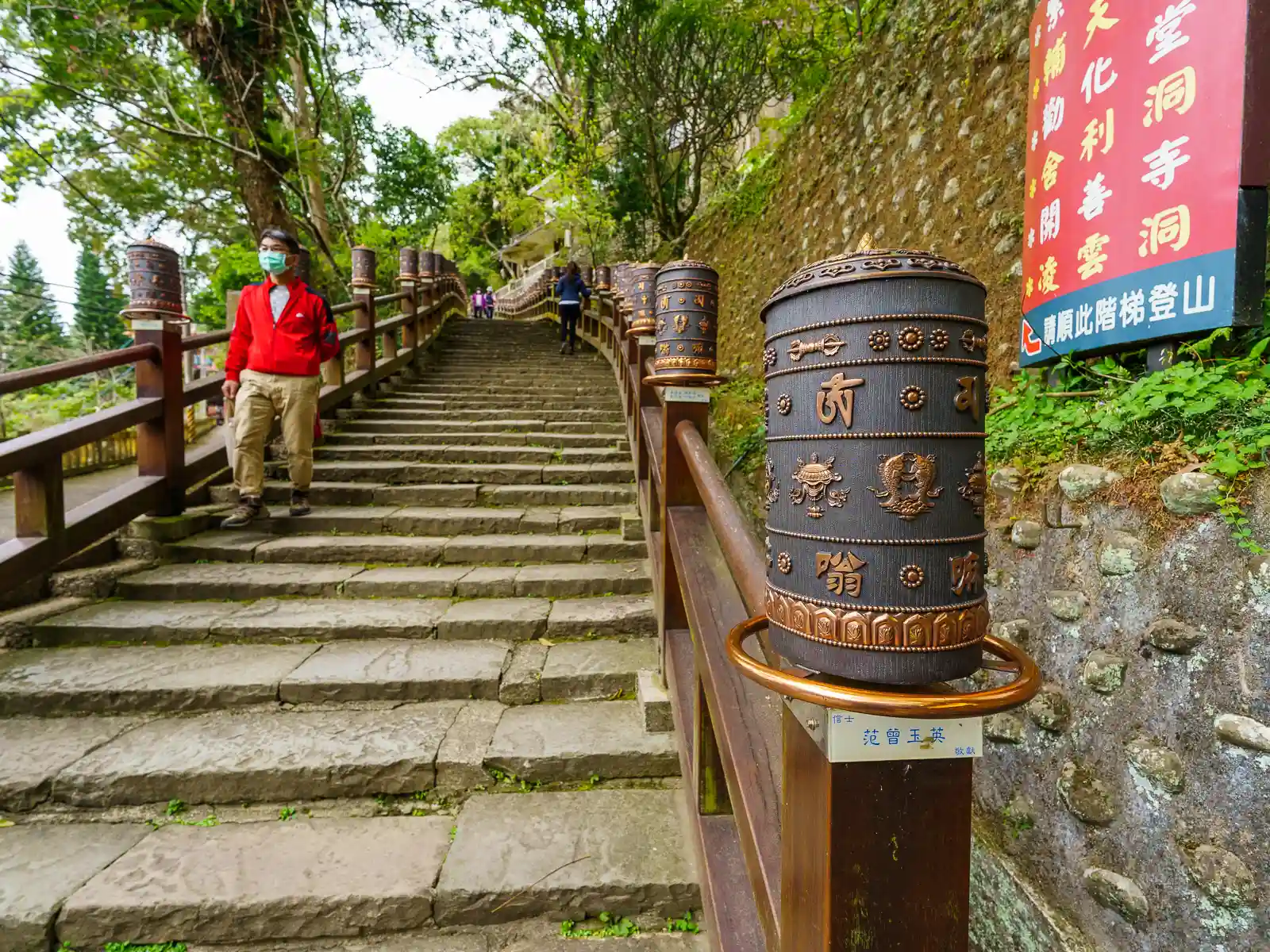
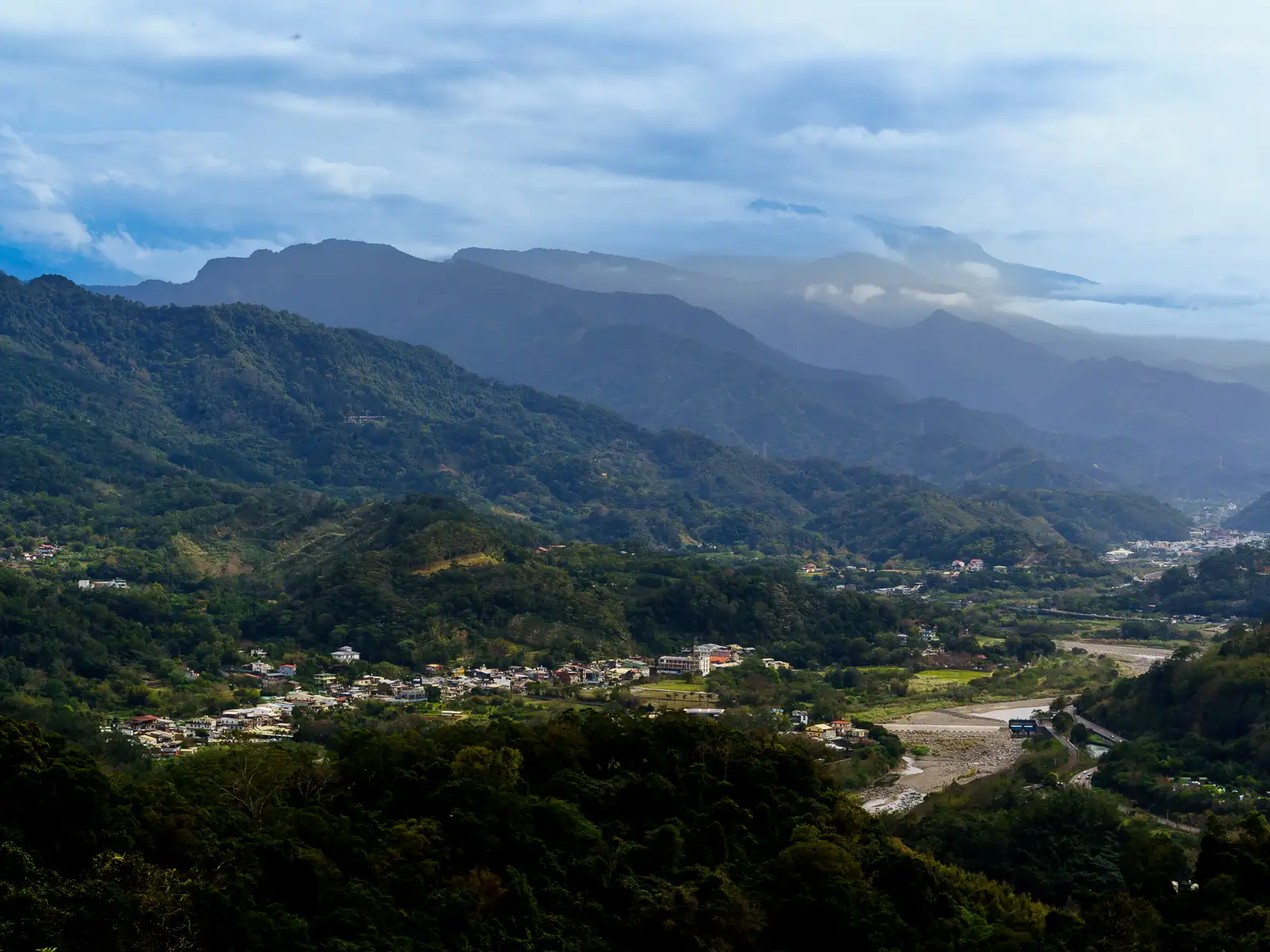
Lion’s Head Mountain Scenic Area, also known as “Shitoushan”, is a modest mountain known for offering a trifecta of hiking, temples, and views. The area is particularly famous for being home to a large concentration of Taoist and Buddhist temples, many of which have been built directly into the mountainside or even into caves.
Nestled at the intersection of Miaoli County’s Sanwan and Nanzhuang townships and Hsinchu County’s Emei Township in Taiwan, this scenic area spans over 24,000 hectares and contains dozens of temples. The peak of Lion’s Head Mountain reaches a modest elevation of 492 meters above sea level and resembles a lion’s head. We recommend heading to the largest and oldest temple first, Quanhua Temple, taking in the views, and exploring from there.
Onsen Papawaqa
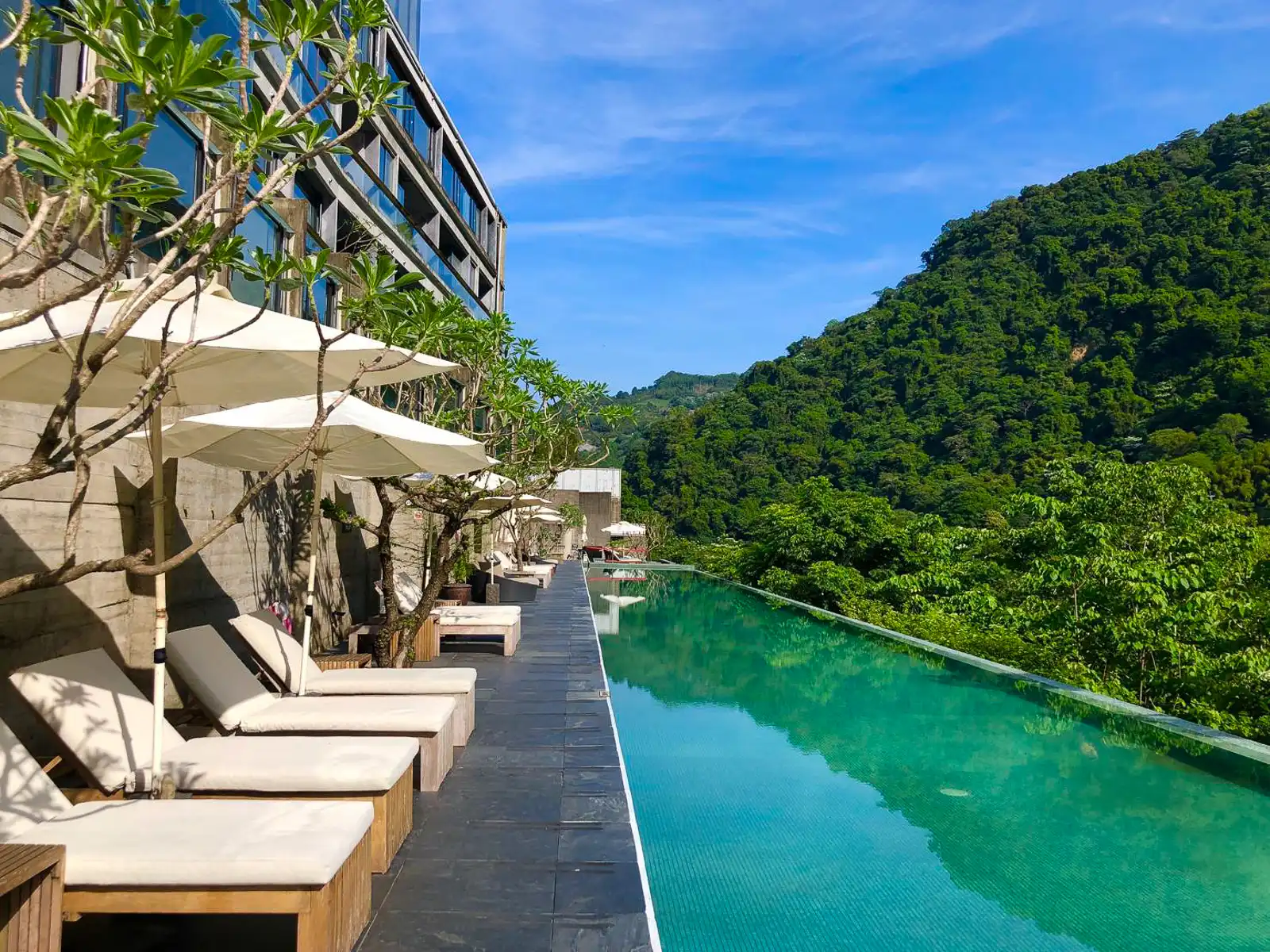
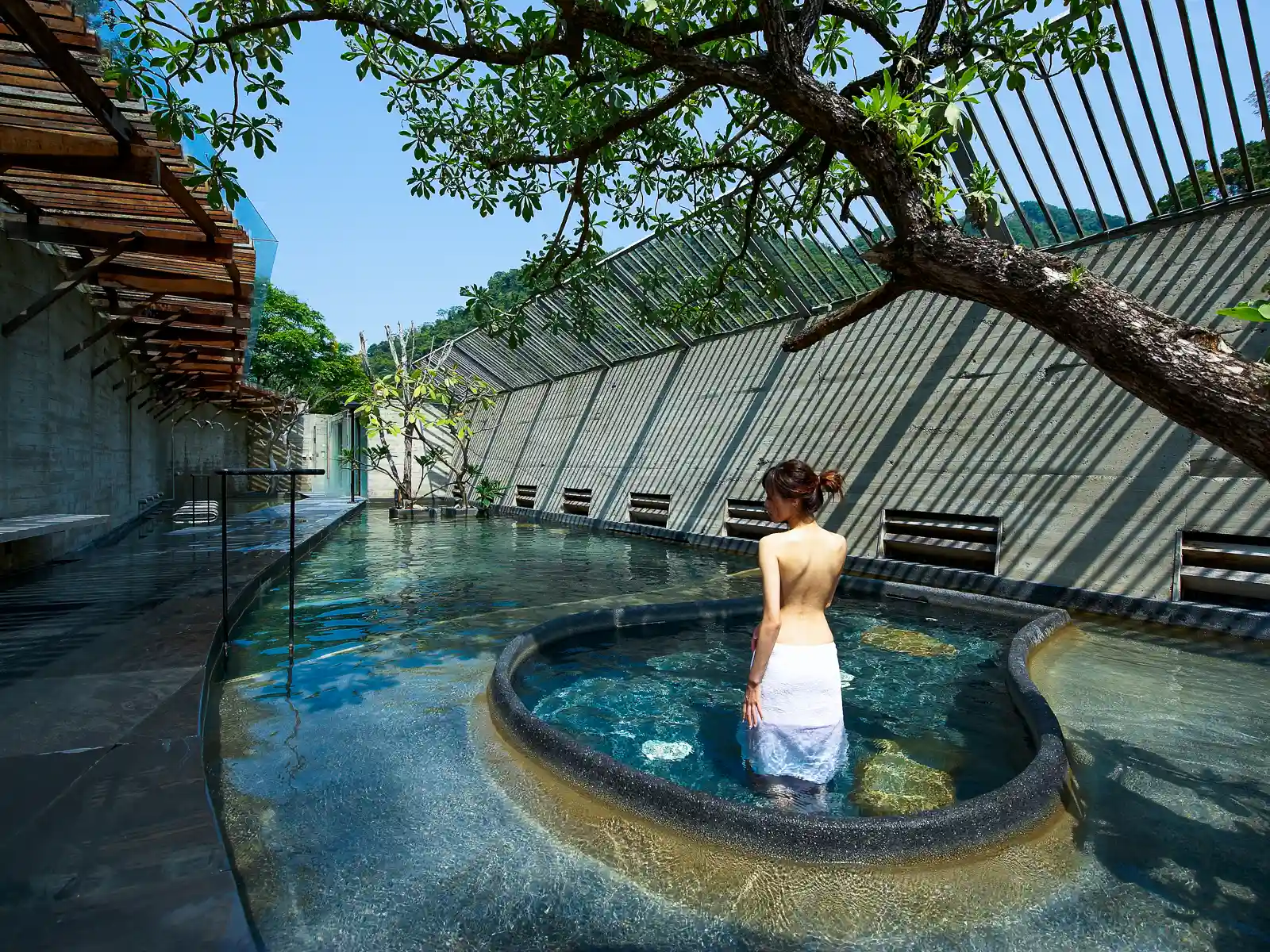
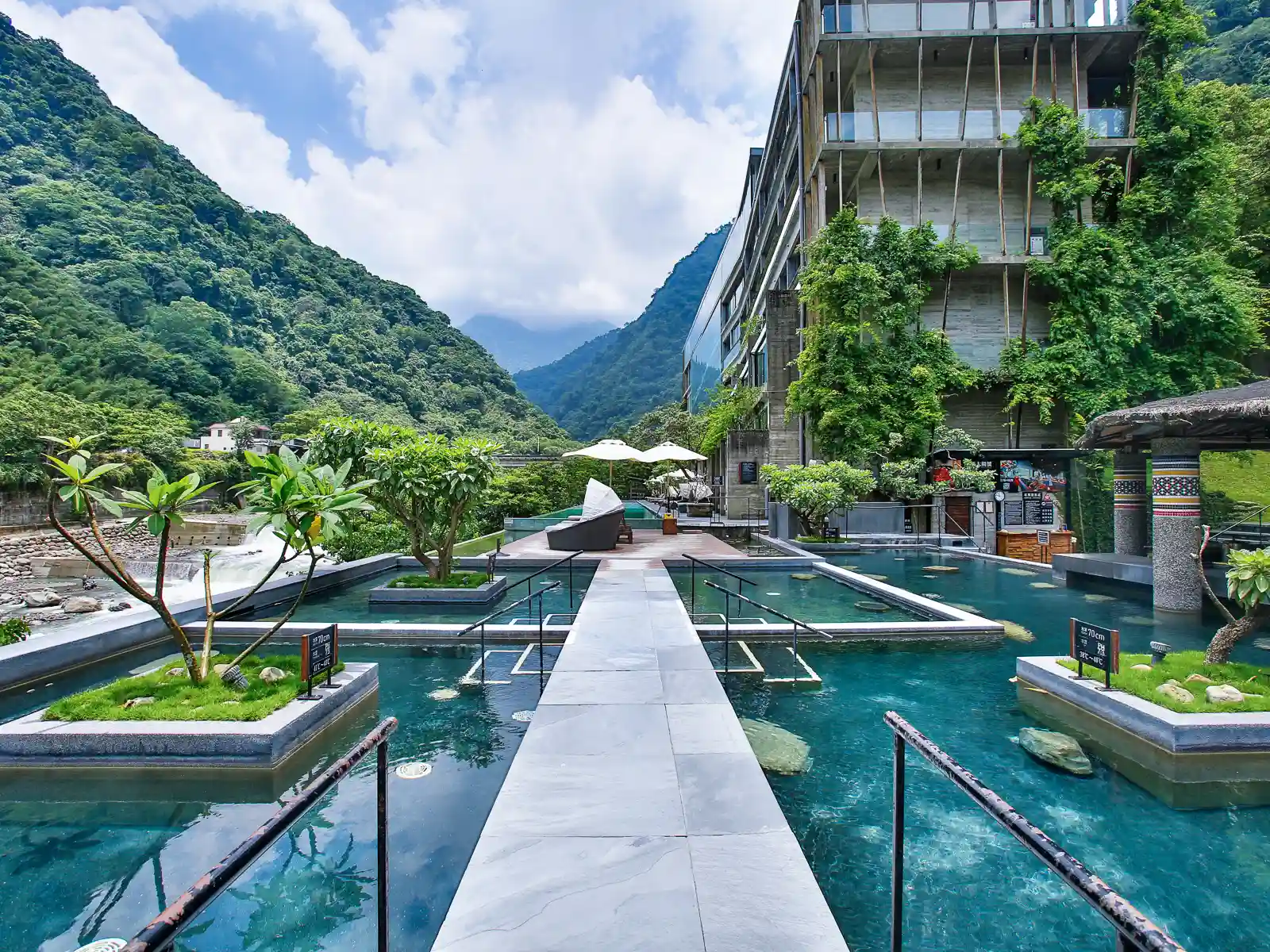
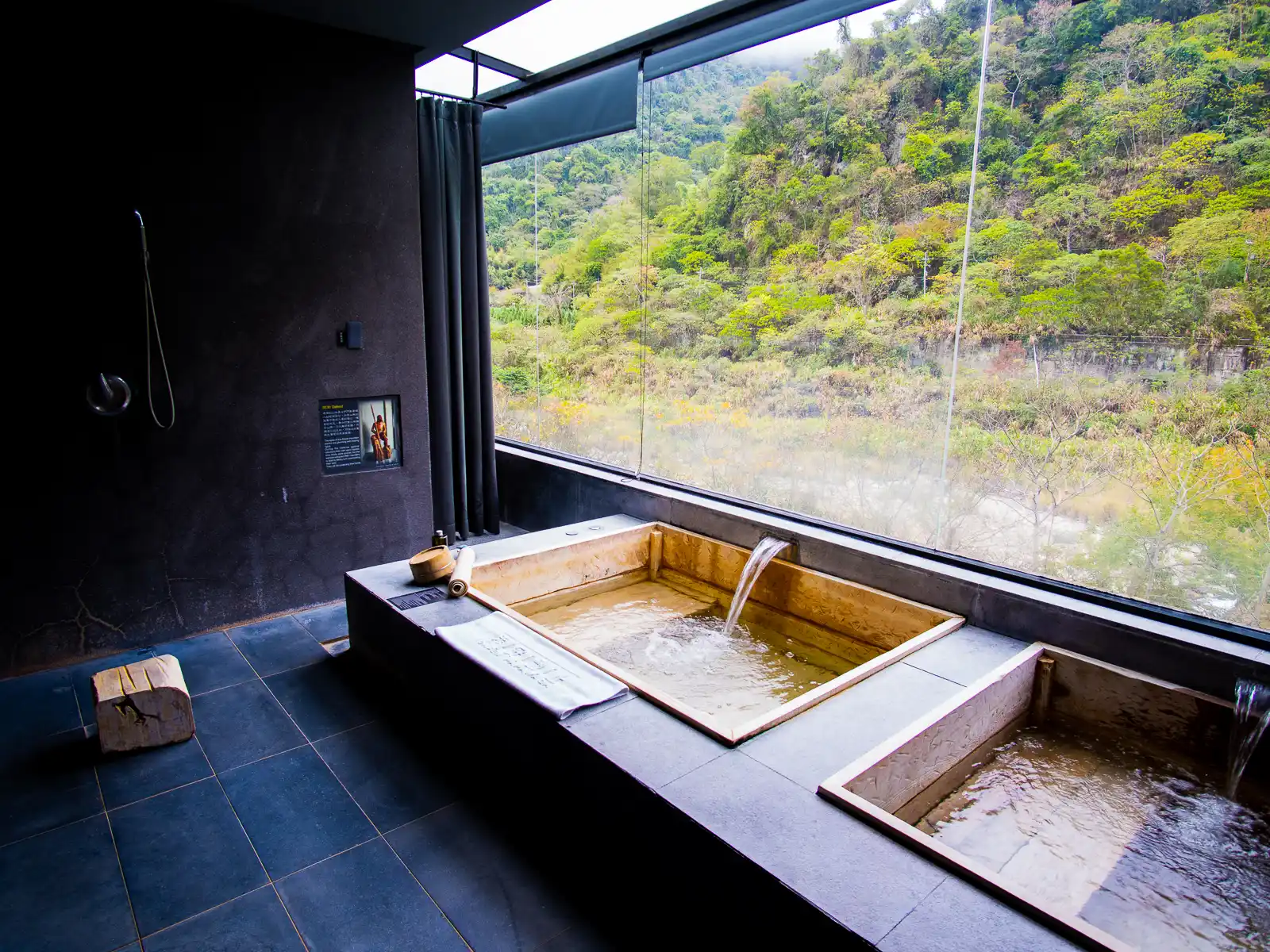
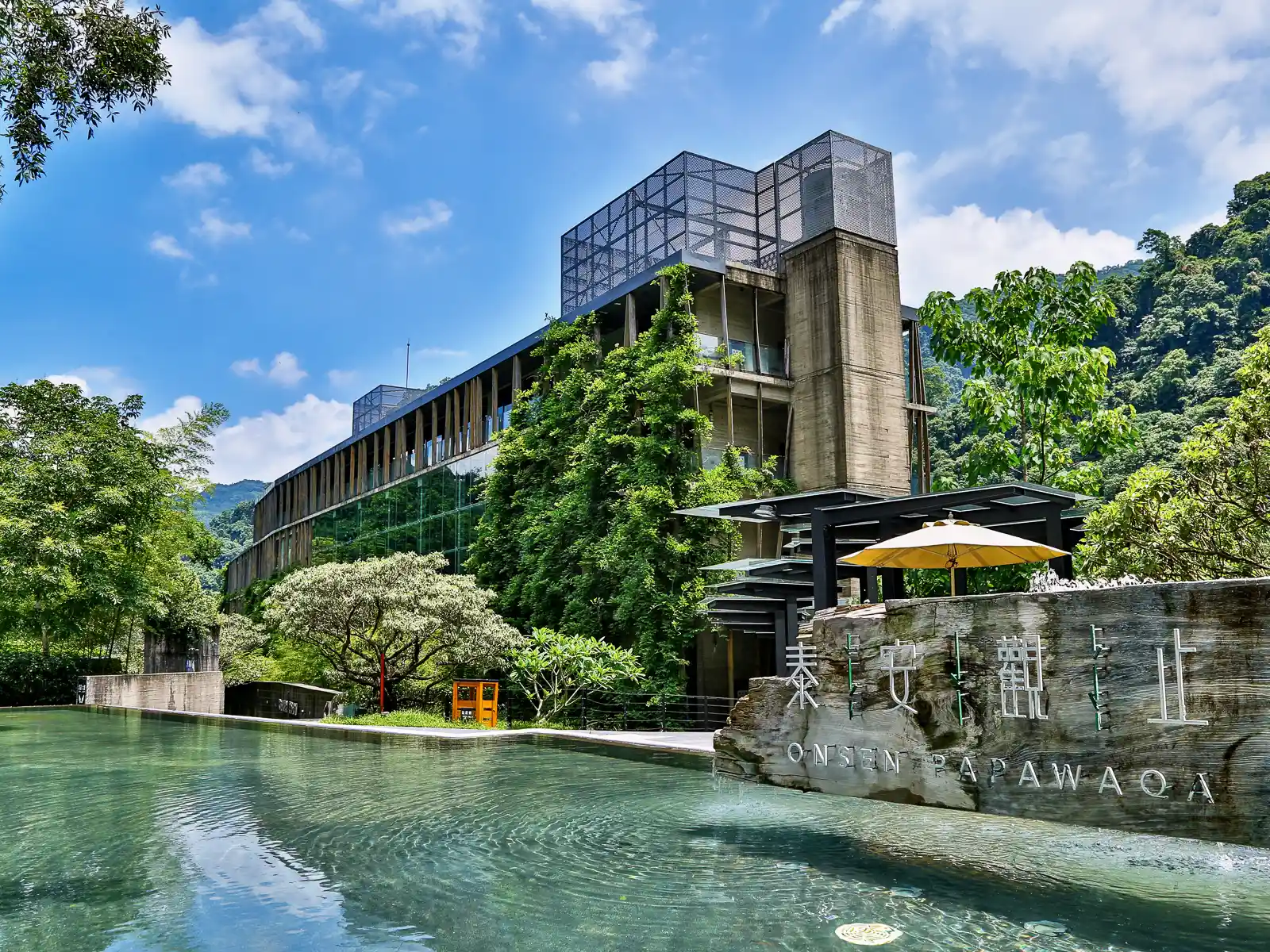
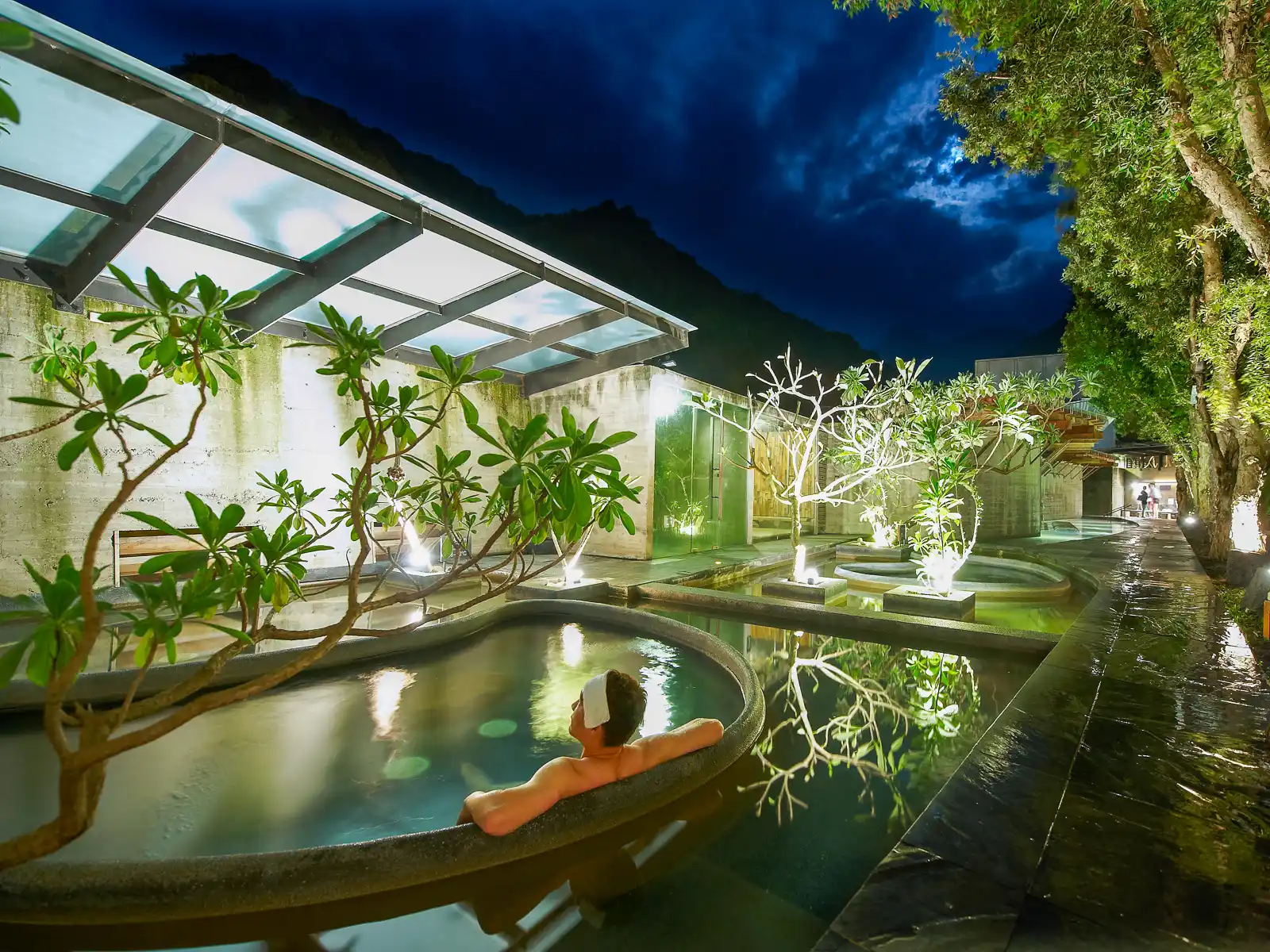
Located in Miaoli’s mountainous Taian Township, Onsen Papawaqa is a modernist resort that takes a novel architectural approach to integrating a hot spring spa into nature. The first step, picking a pristine natural environment—the onsen has been built close to the end of the mountain road that leads into the Wenshui River Valley.
At Onsen Papawaqa, outdoor hot spring pools are decorated with local flora, giving soakers the sense that they are soaking directly in the wilderness. Some of the unique hot spring bathing environments that have been recreated include: creekside, under a waterfall, in a grove of trees. The outdoor spa is also equipped with underwater lights, allowing guests to enjoy a soak even during nighttime.
Old Mountain Rail Bike Line
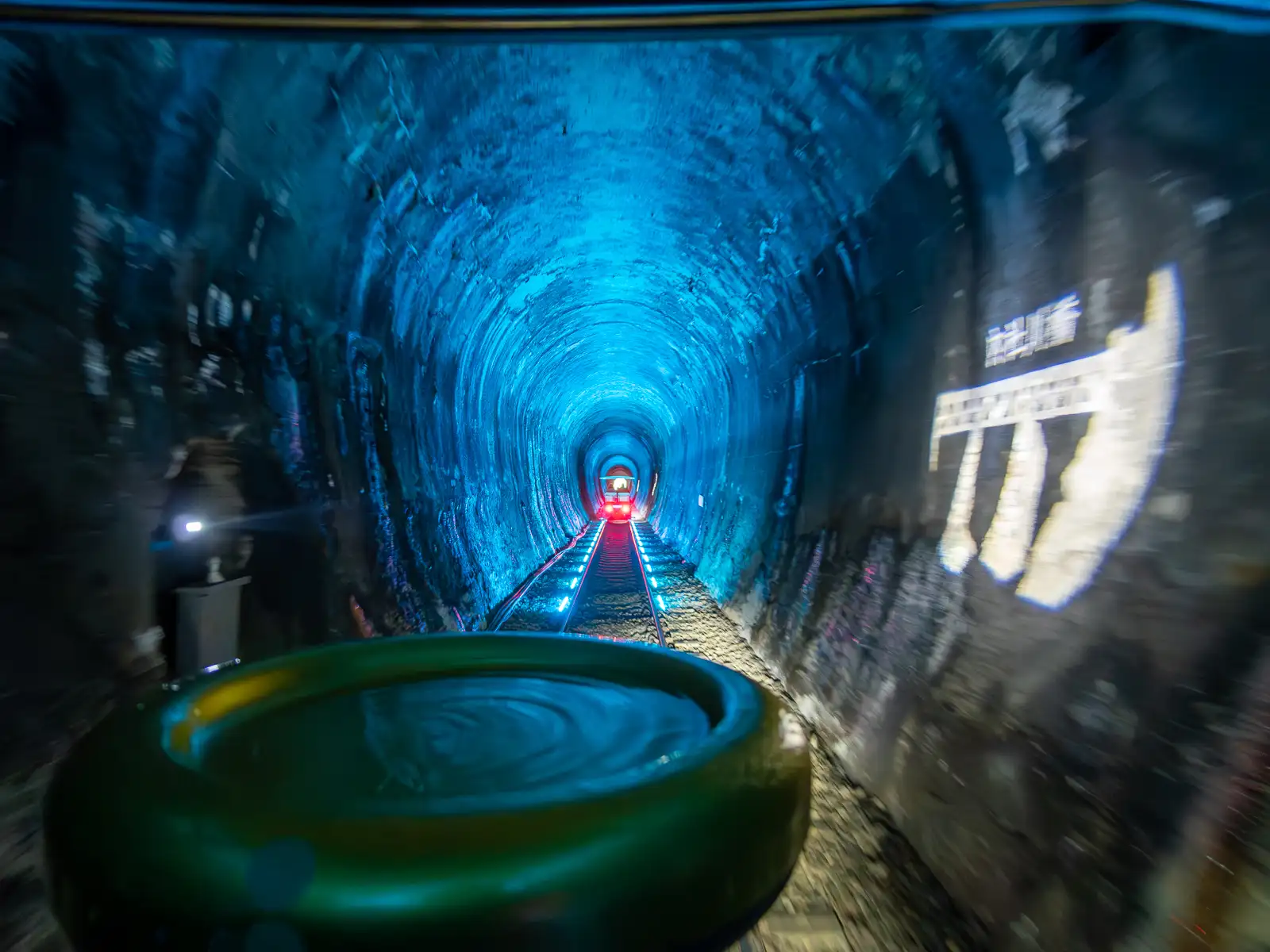
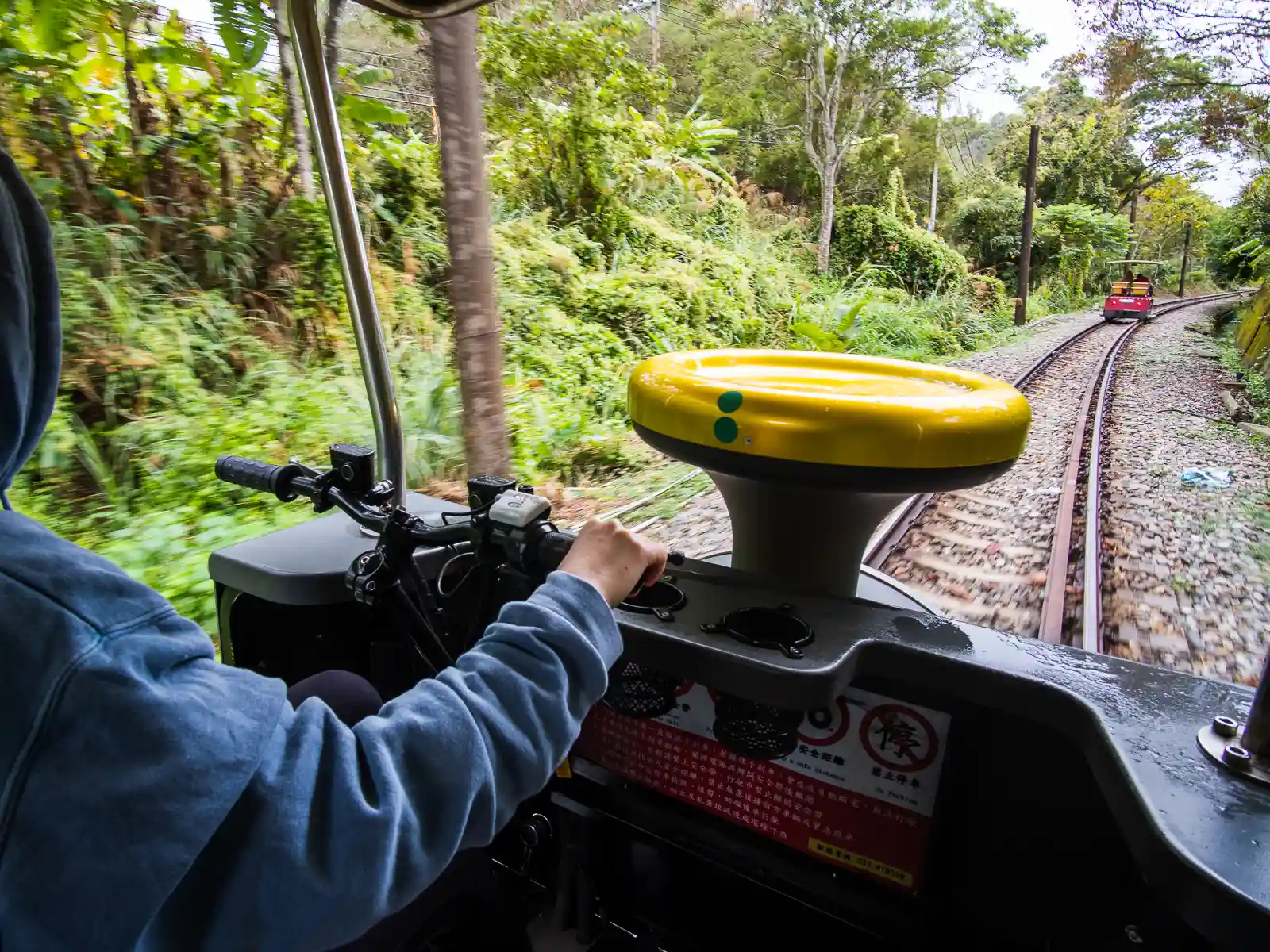
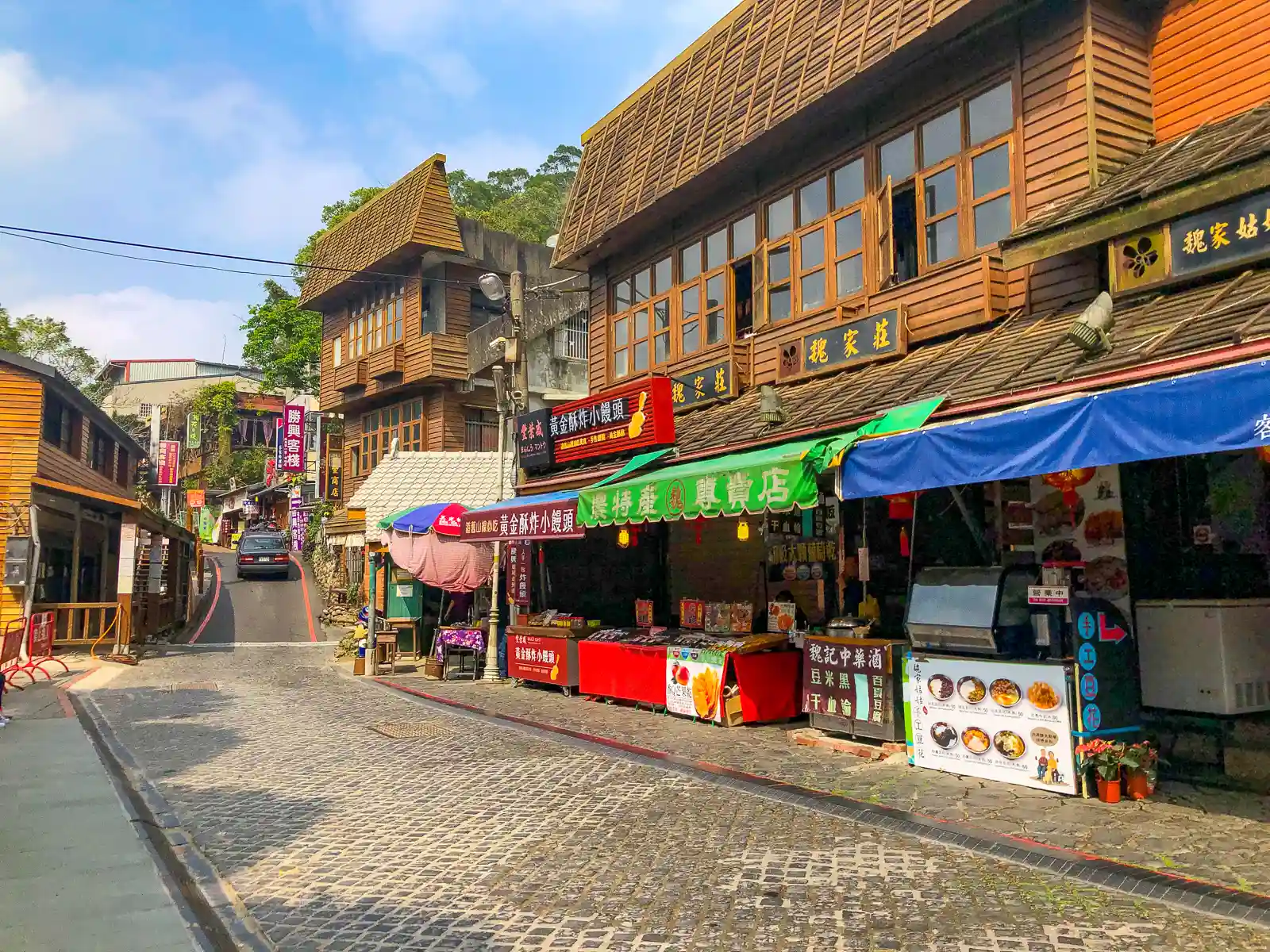
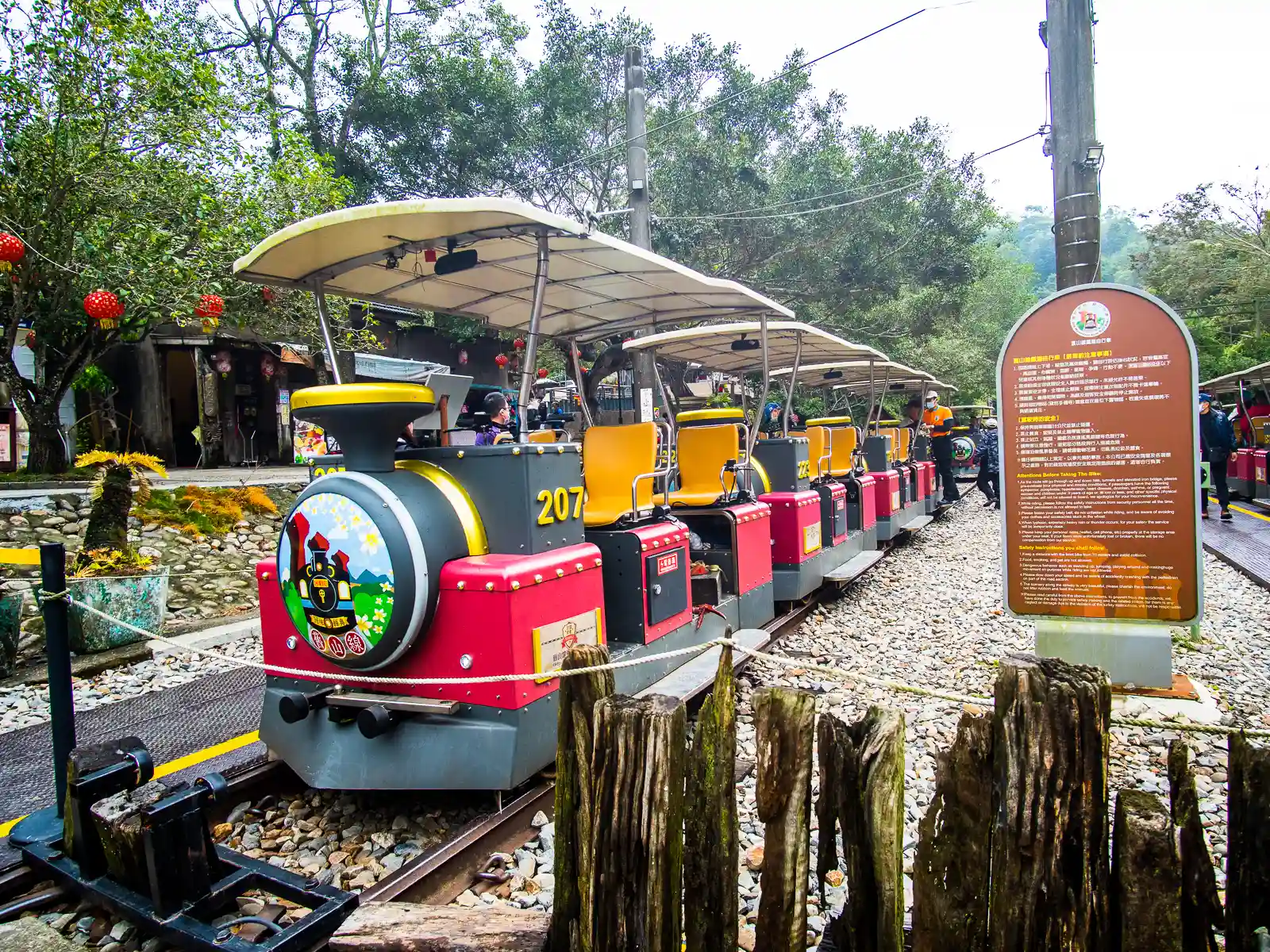
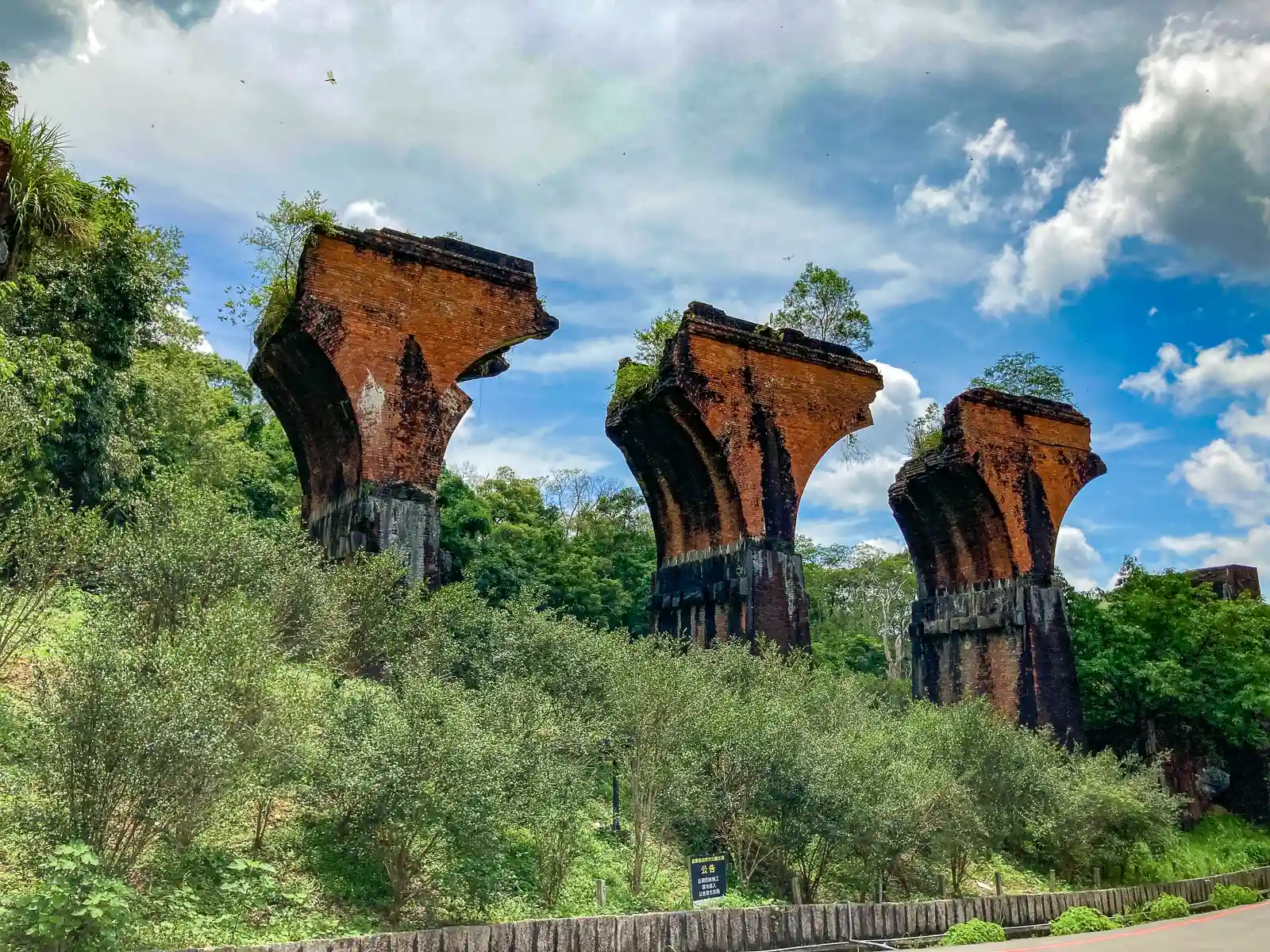
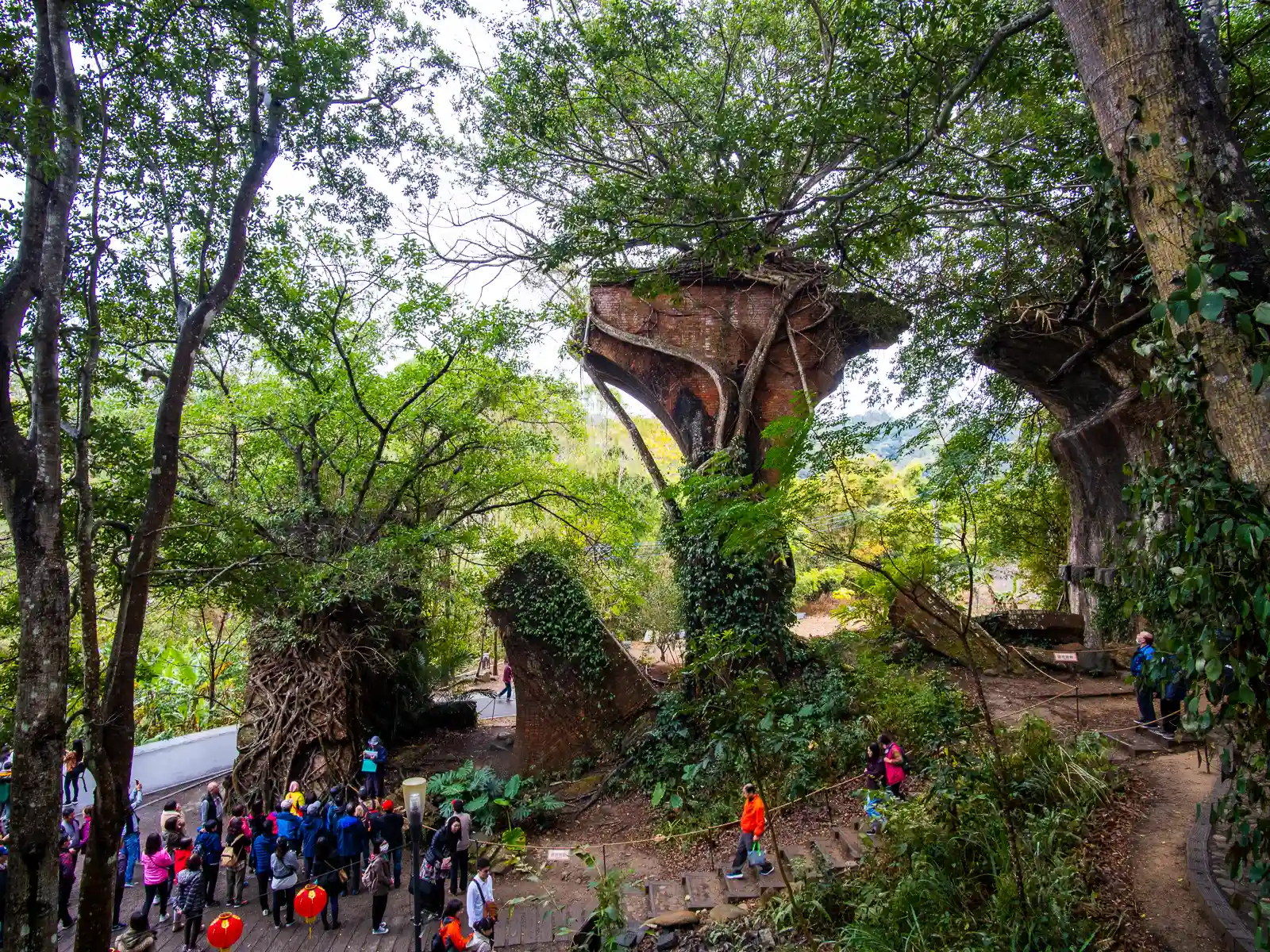
The Old Mountain Line Rail Bike follows a recently renovated logging railway, the Jiji Line, across bridges and through tunnels in Miaoli’s green countryside. This now historic railroad was originally built for transporting timber and was later used for passenger transportation before it was decommissioned in 1998.
Today, the tracks have been repurposed into a unique electric bike-based railway experience. A trip down these historic tracks will take you through colorful illuminated tunnels and rollercoaster-esque elevated wooden bridges, offering a distinctive perspective on one of Miaoli’s most significant historic sites: The Remains of Longteng Bridge. Be sure to check out the beautifully maintained historic Shengxing Train Station, the starting point for the rail line, which was once the highest elevation train station in Taiwan.
Flying Cow Ranch
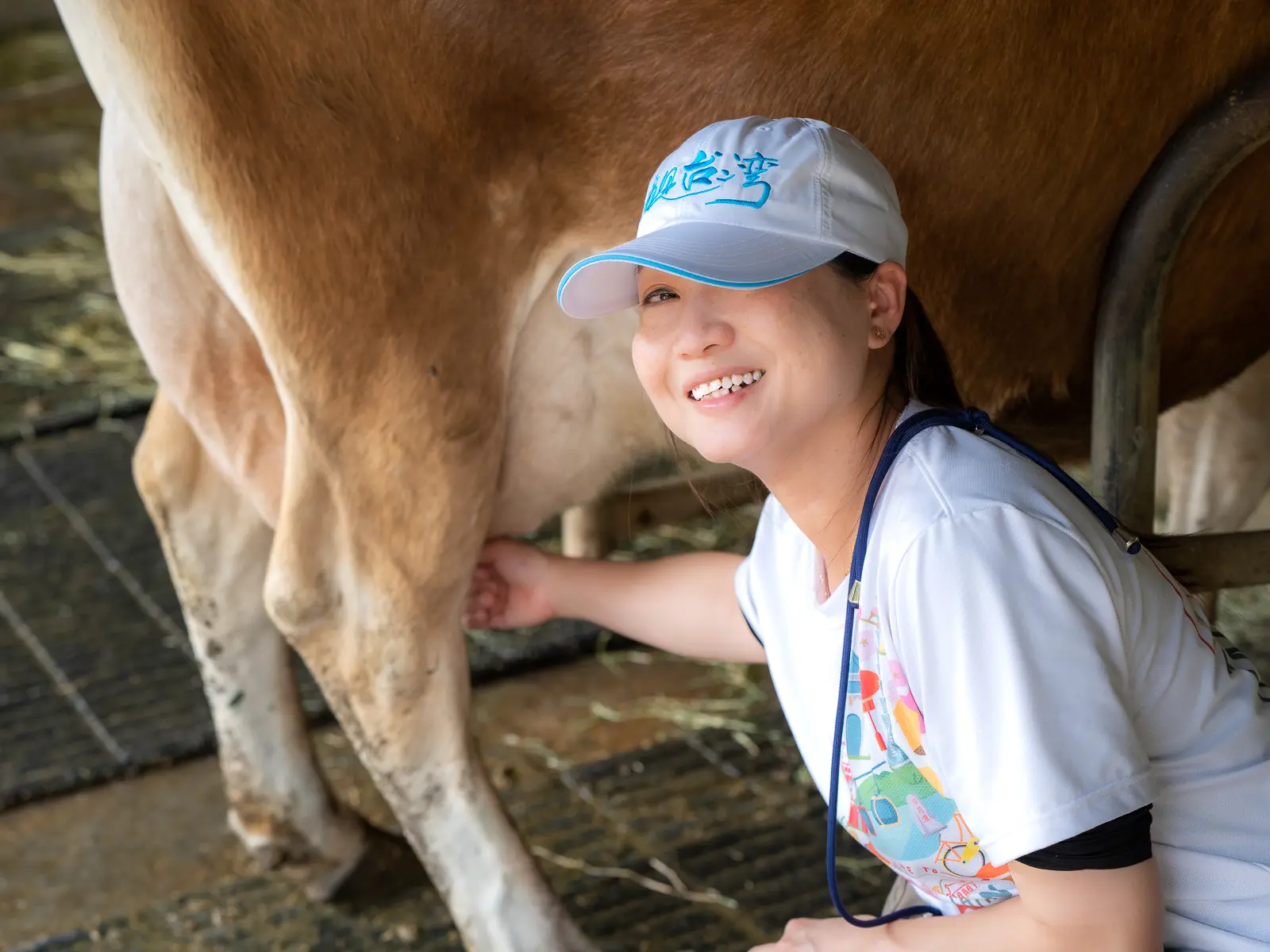
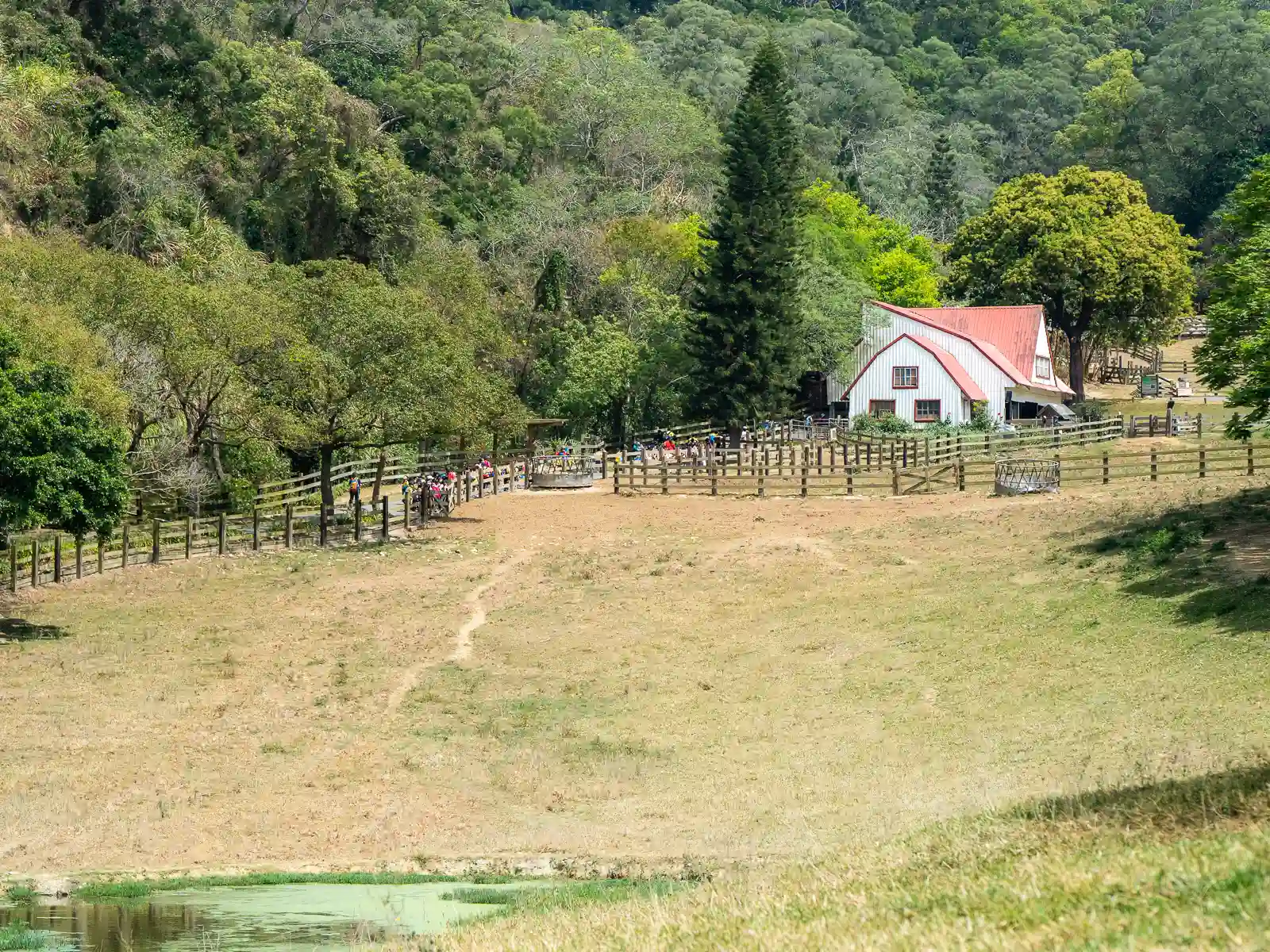
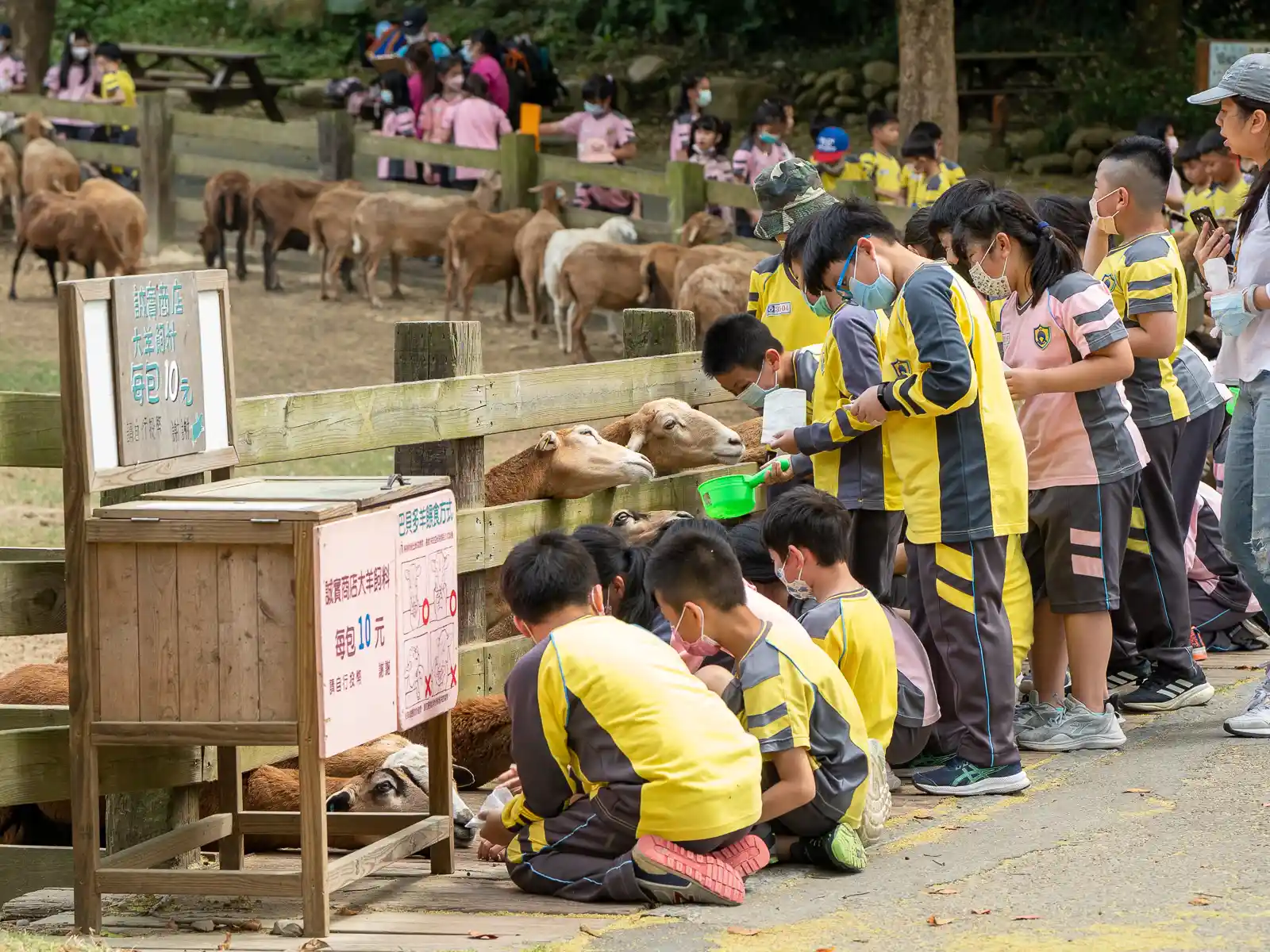
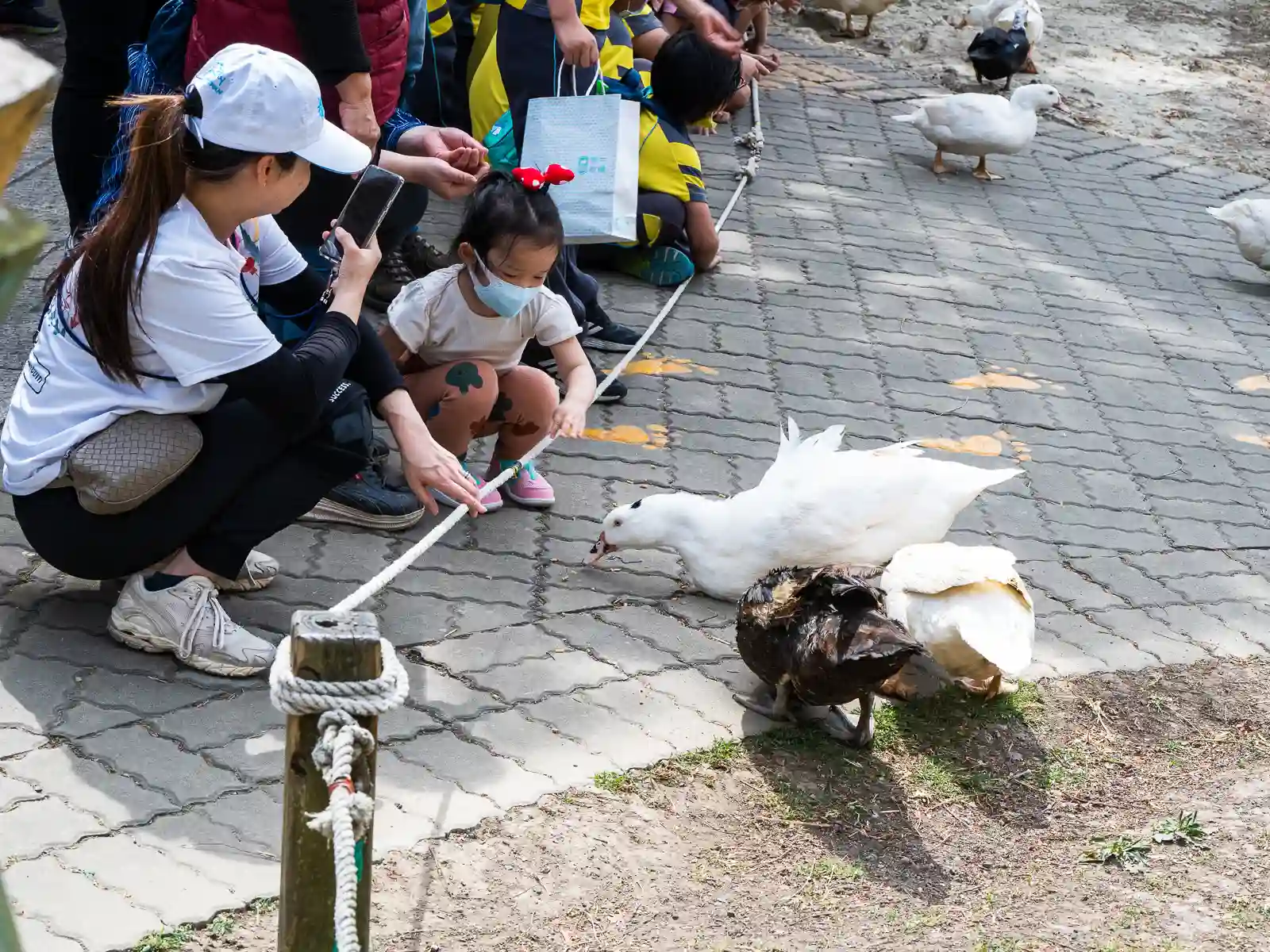
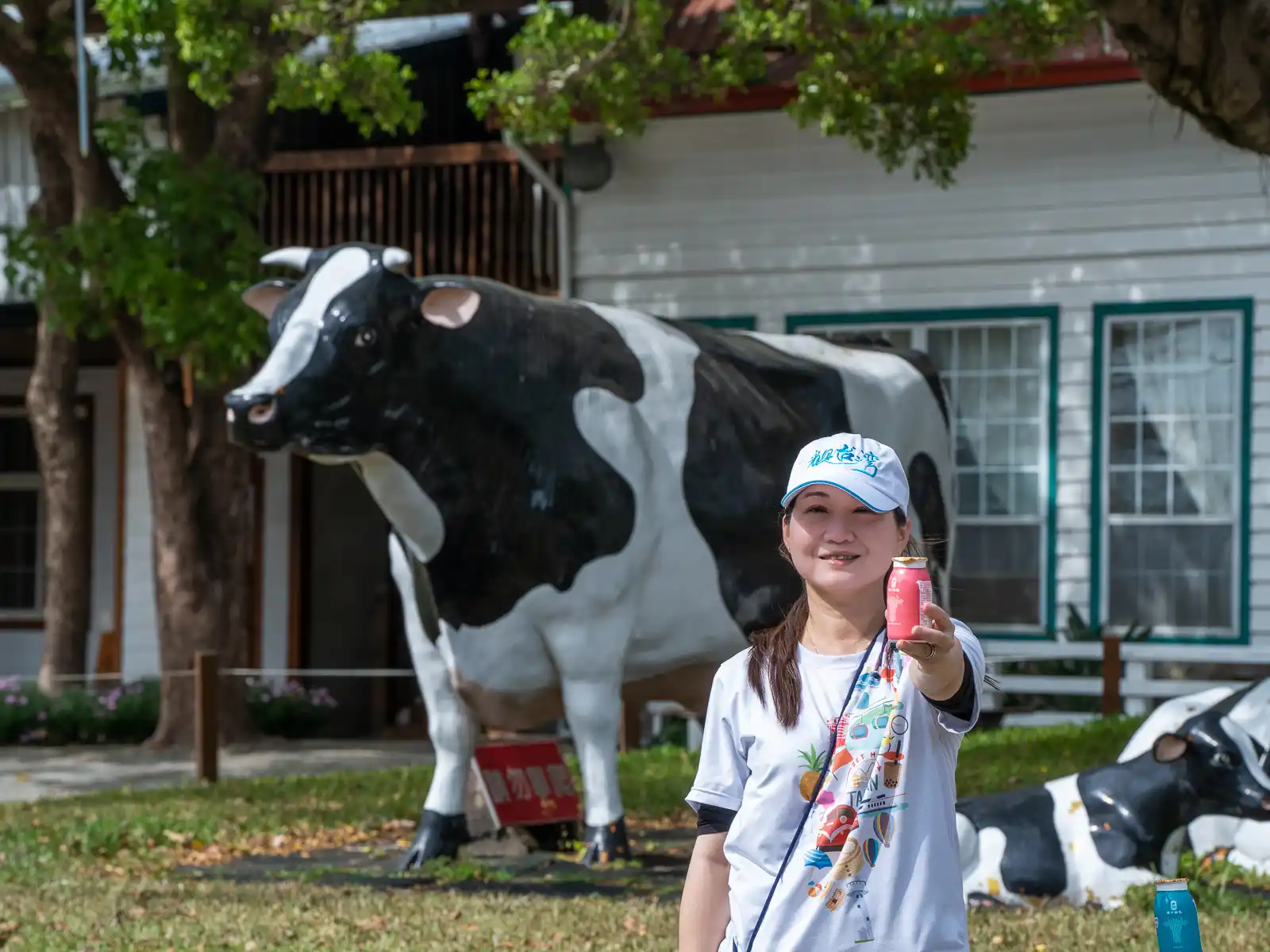
Flying Cow Ranch, located in the rolling hills of Miaoli County, is a picturesque and family-oriented farm destination that offers a delightful blend of interactive farm experiences and natural beauty. The ranch provides a unique opportunity for visitors to interact with a variety of farm animals, including cows, sheep, goats, rabbits, and chickens. Both children and adults can engage in hands-on activities such as feeding, petting, and even trying their hand at milking the cows.
Beyond the farm experiences, Flying Cow Ranch boasts meticulously curated ecological areas, featuring dedicated spaces for grasslands, water plants, and butterflies. These areas enhance the ranch’s ecological diversity and provide visitors with an opportunity to appreciate the beauty of nature. In addition, the ranch offers engaging DIY activities, including painting cow figurines and participating in baking sessions to create delicious treats like tarts, cakes, cookies, and refreshing ice cream shakes.
Sanyi Wood Sculpture Museum

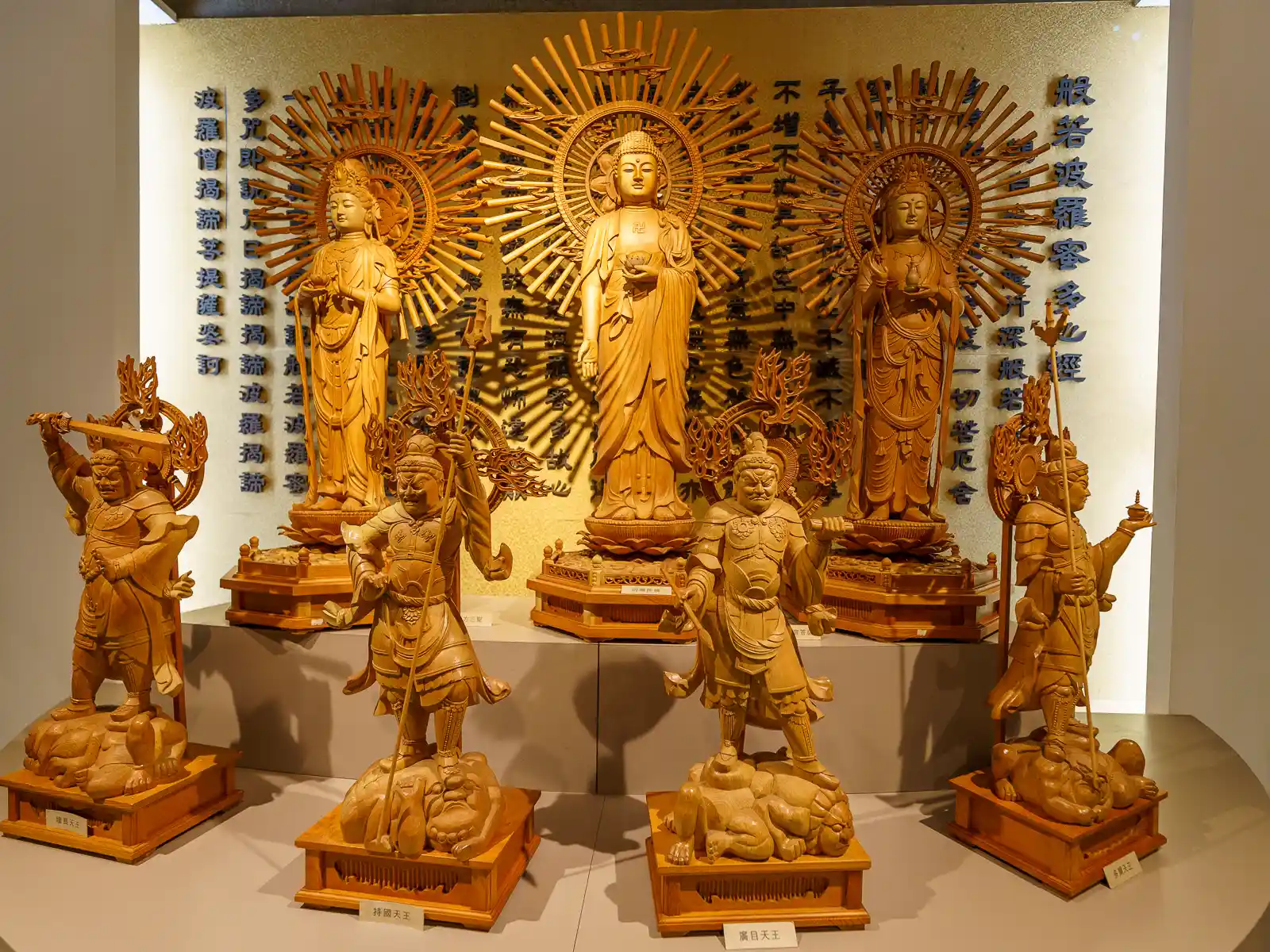
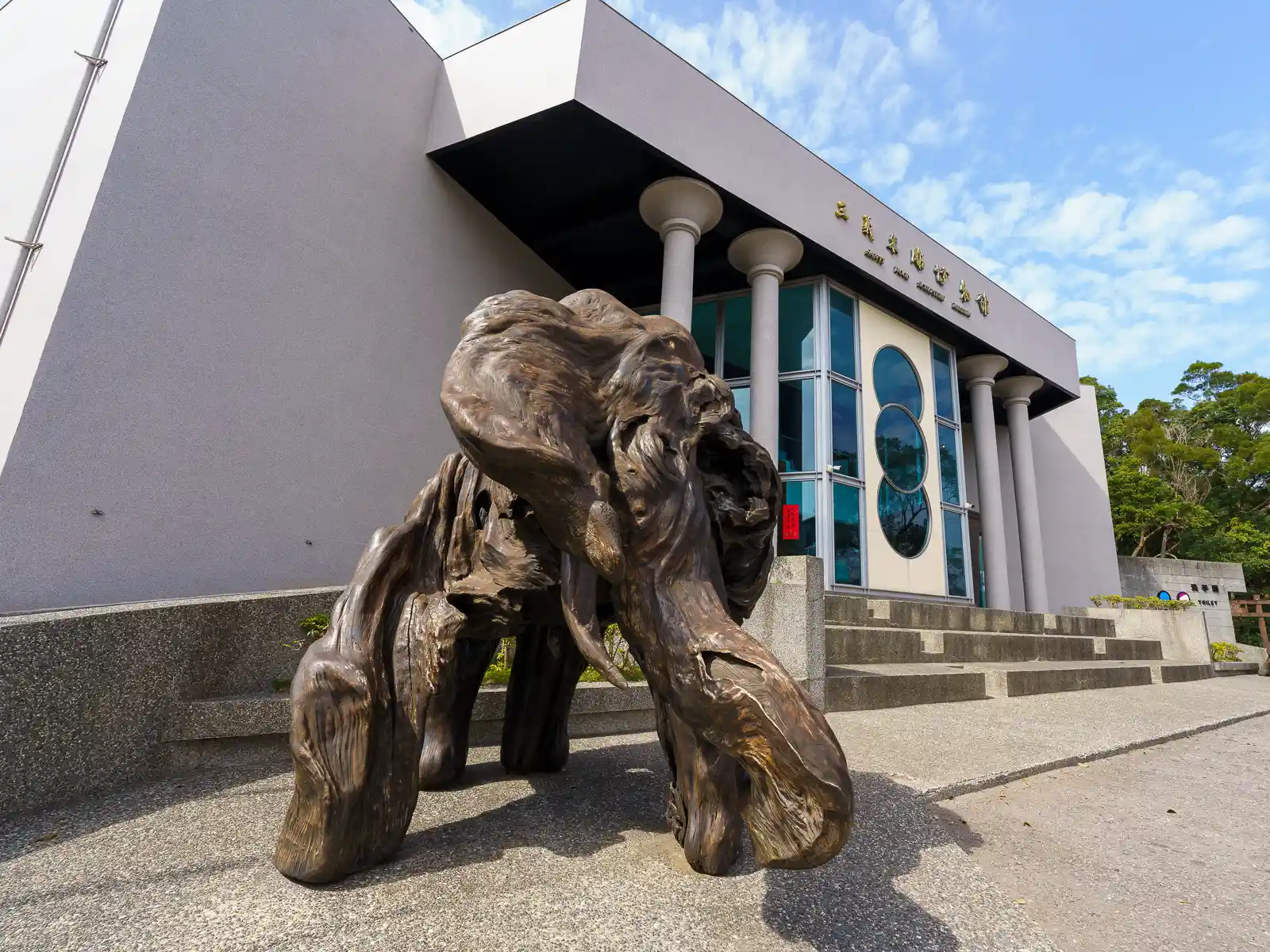
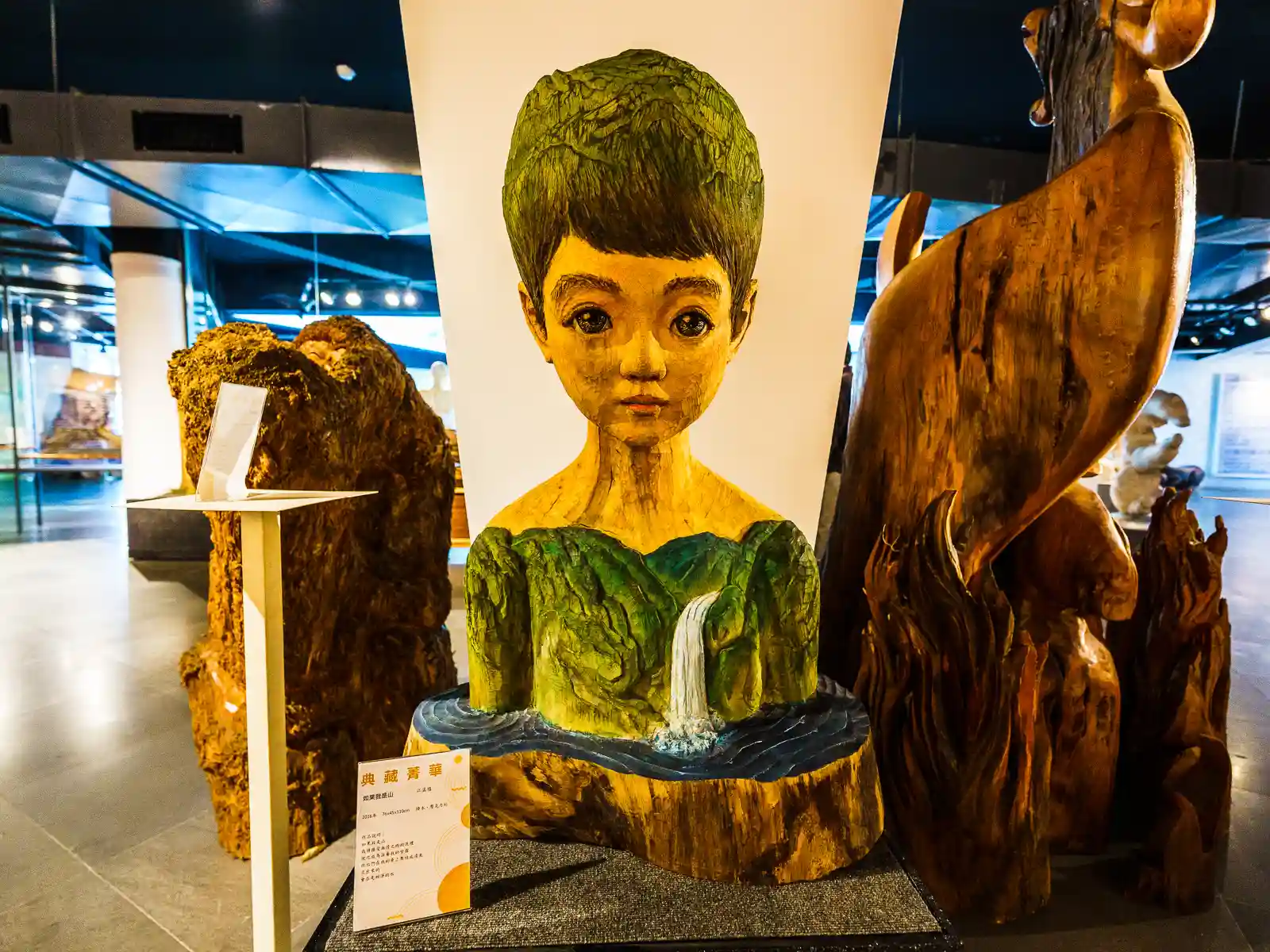
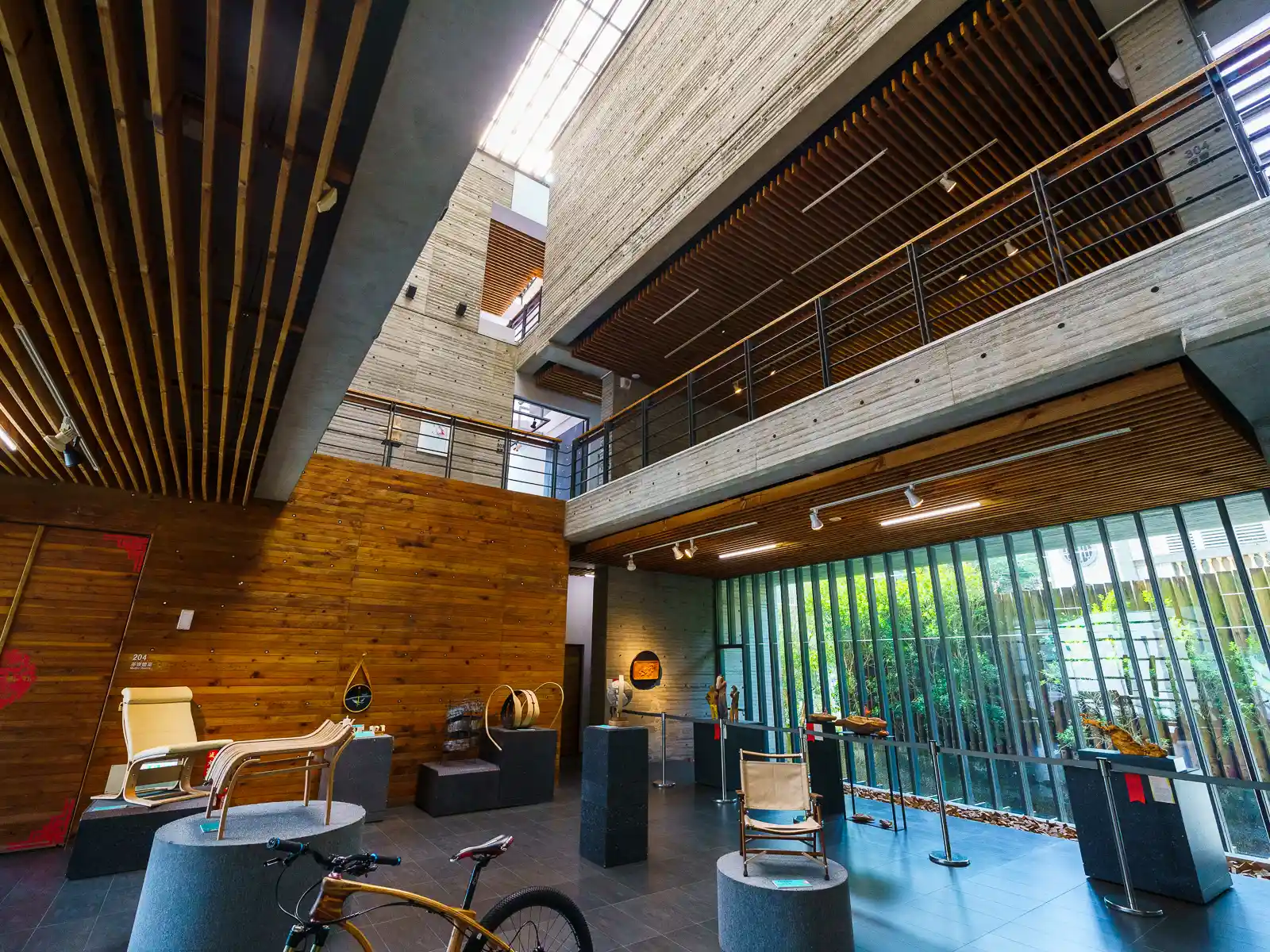
The Sanyi Wood Sculpture Museum pays homage to Sanyi’s rich history as one of Taiwan’s centers of woodcarving. It is also the only public museum in Taiwan to be fully dedicated to wood carving. Sanyi Township, where the museum is located, is also the second of Miaoli’s “slow towns”.
Managed by the Miaoli County Cultural and Tourism Bureau, the museum boasts exhibition halls spread across multiple levels, presenting nine thematic displays. These encompass the history and styles of wood sculpture, Austronesian tribal art, temple deities, architecture and furniture, and more. The museum’s vast collection of statues includes everything from mythological and religious sculptures to personalized works of art.
Zhuo Ye Cottage
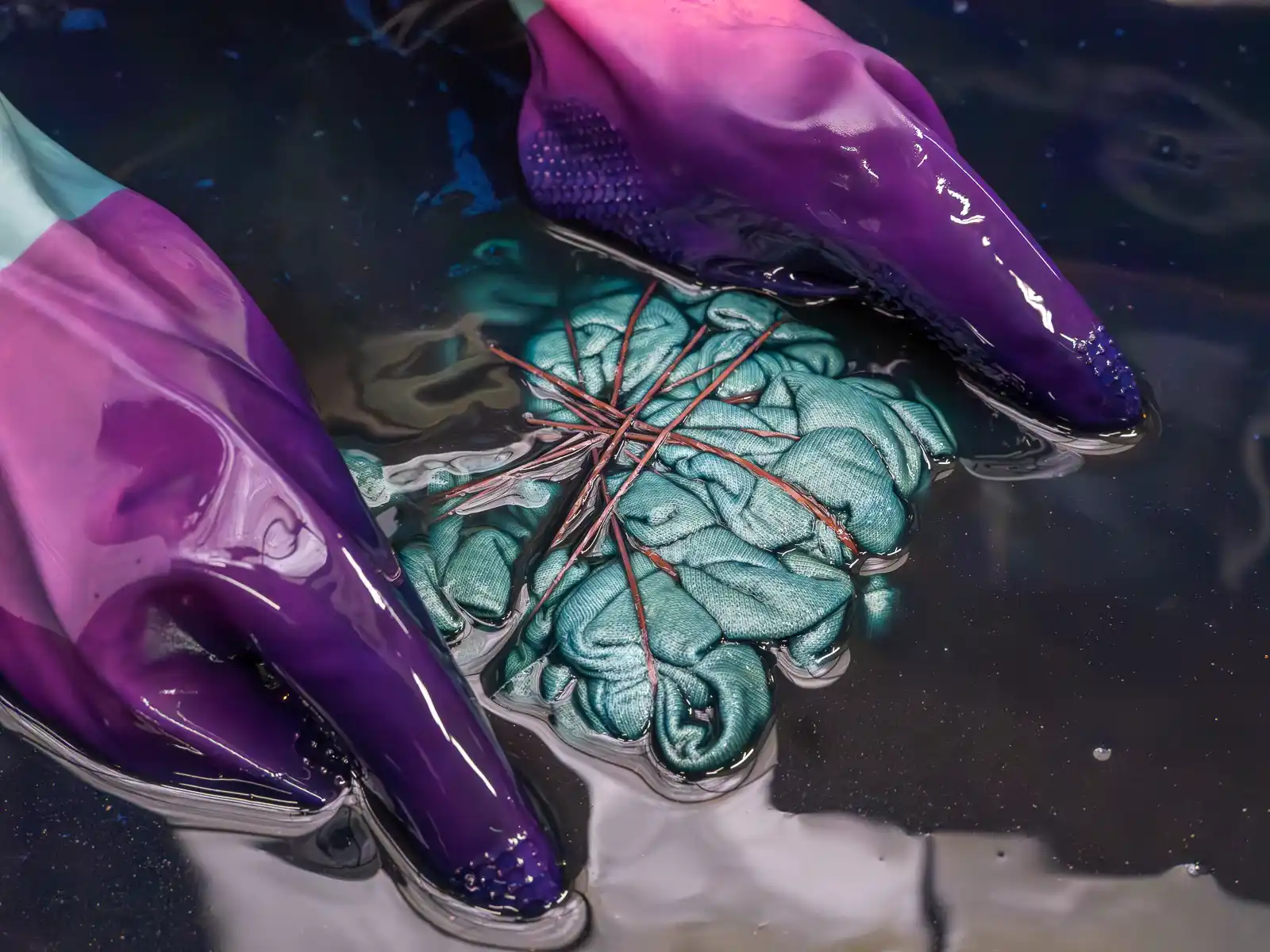
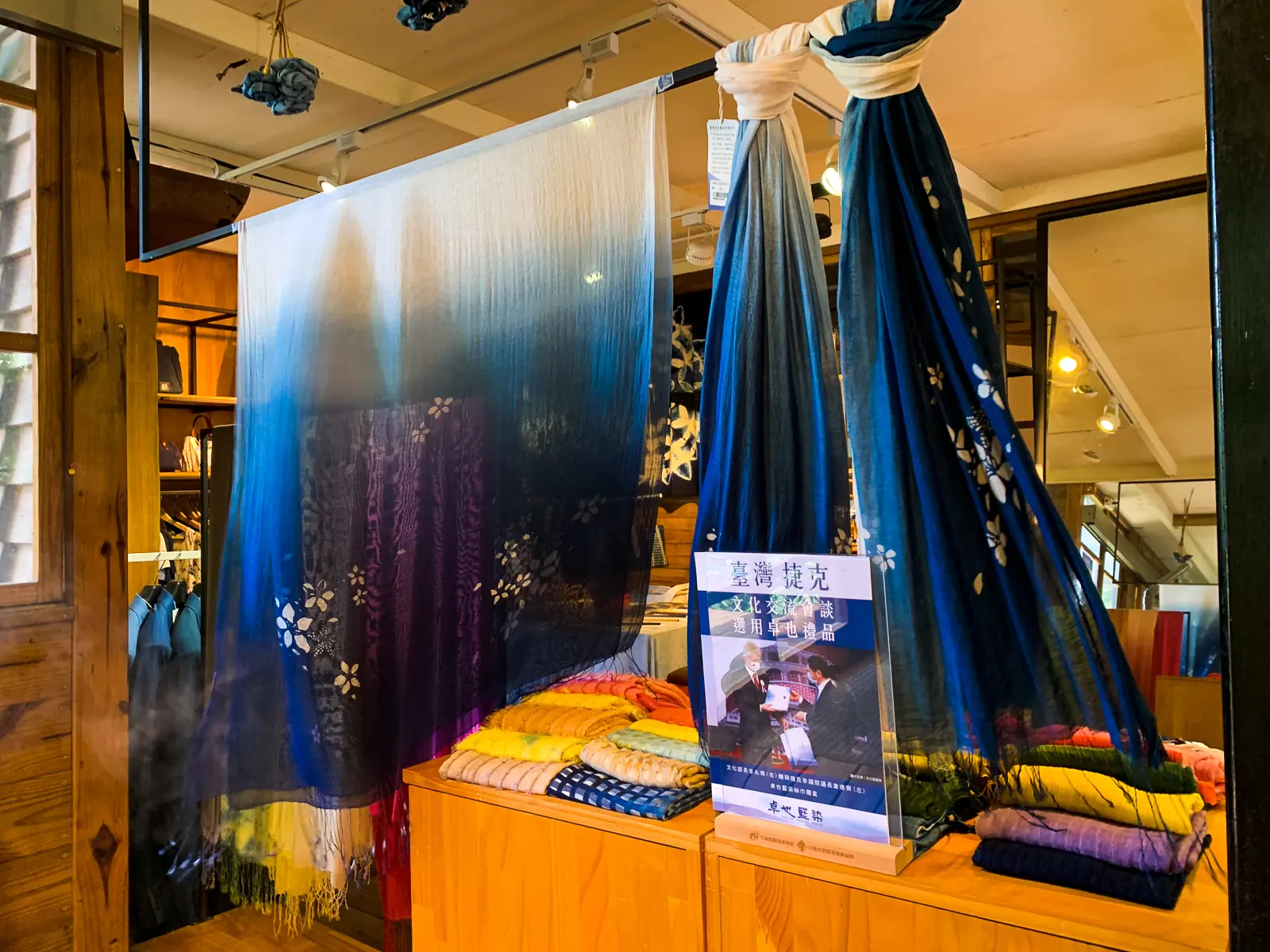
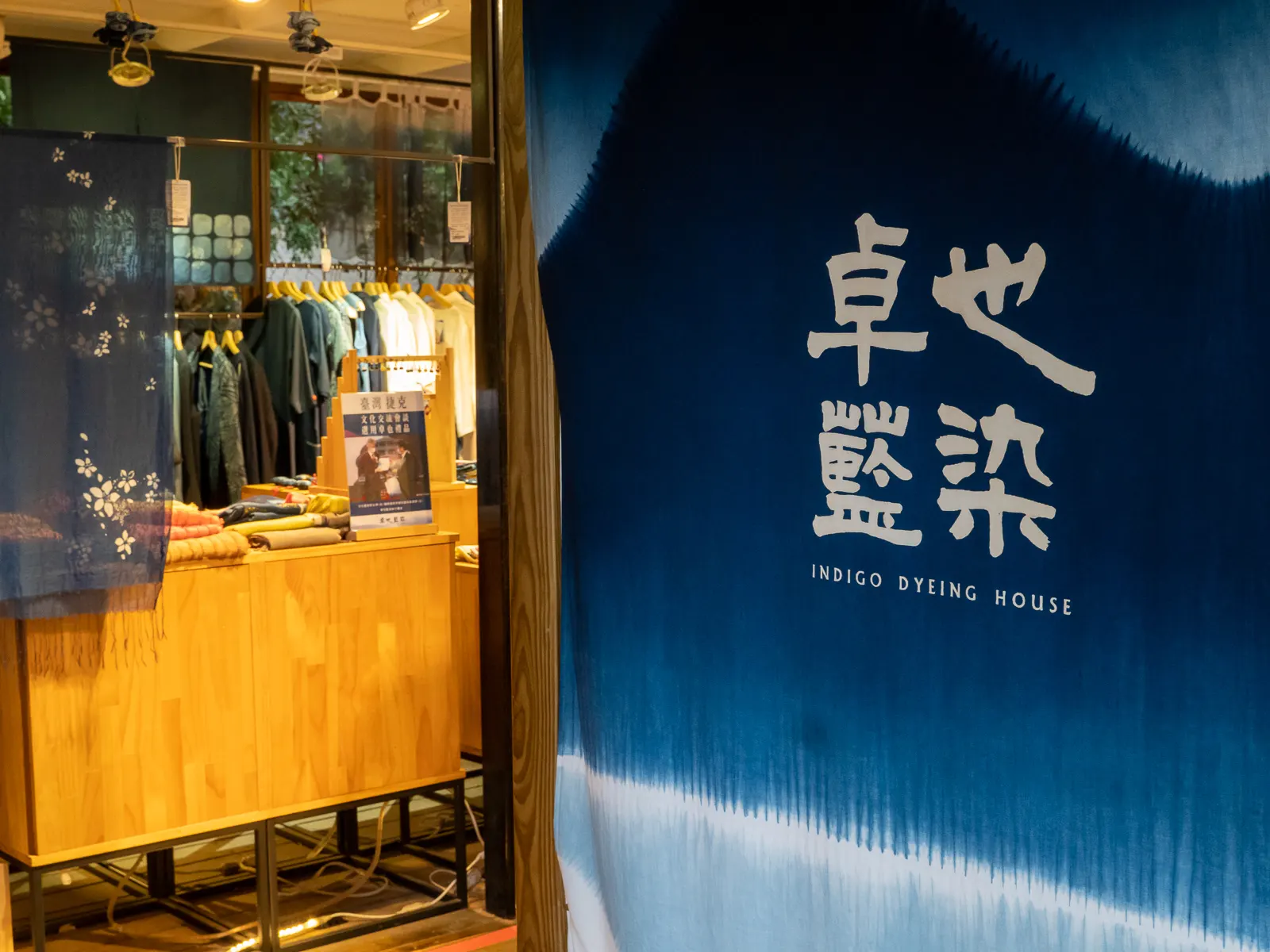
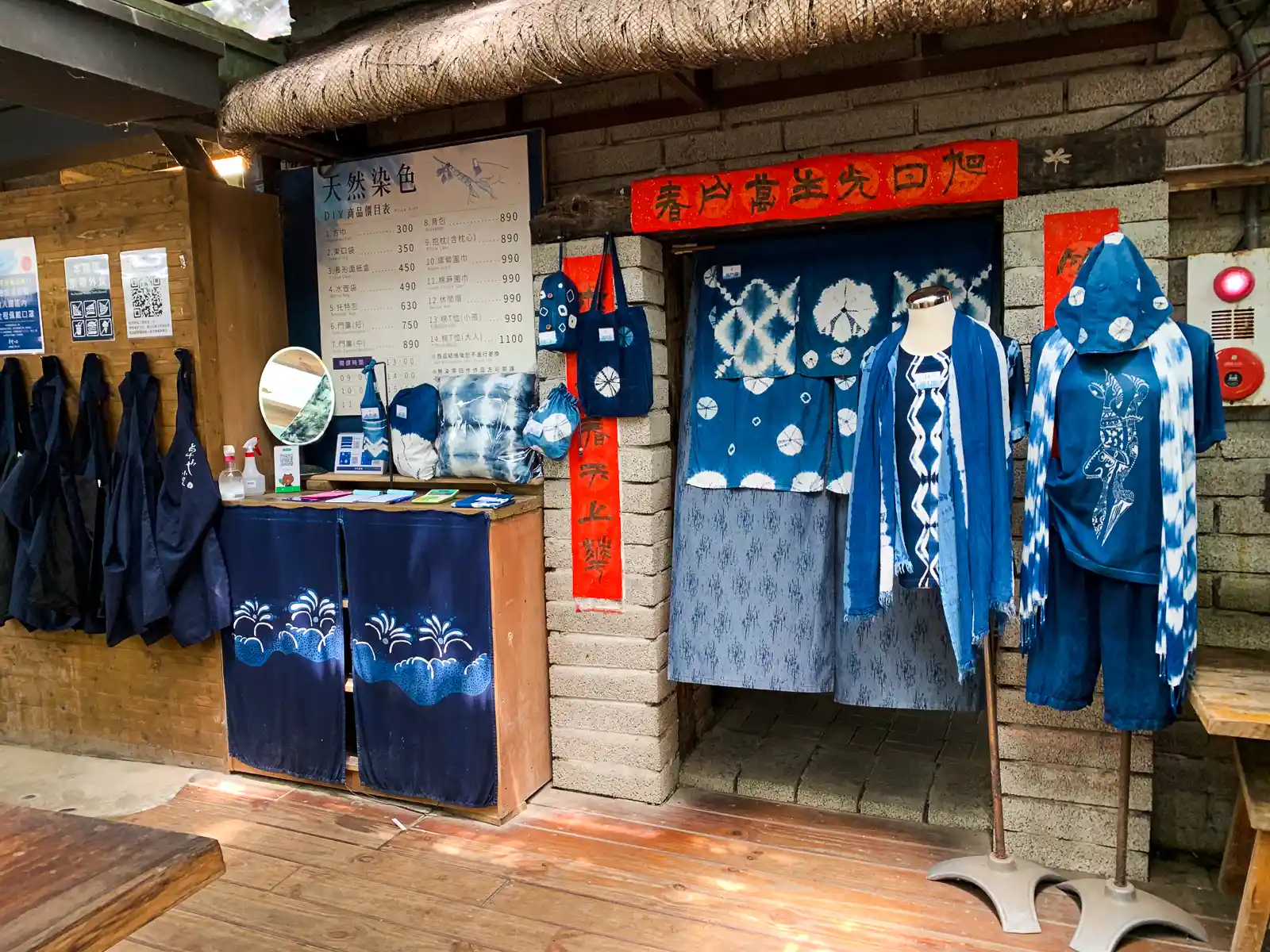

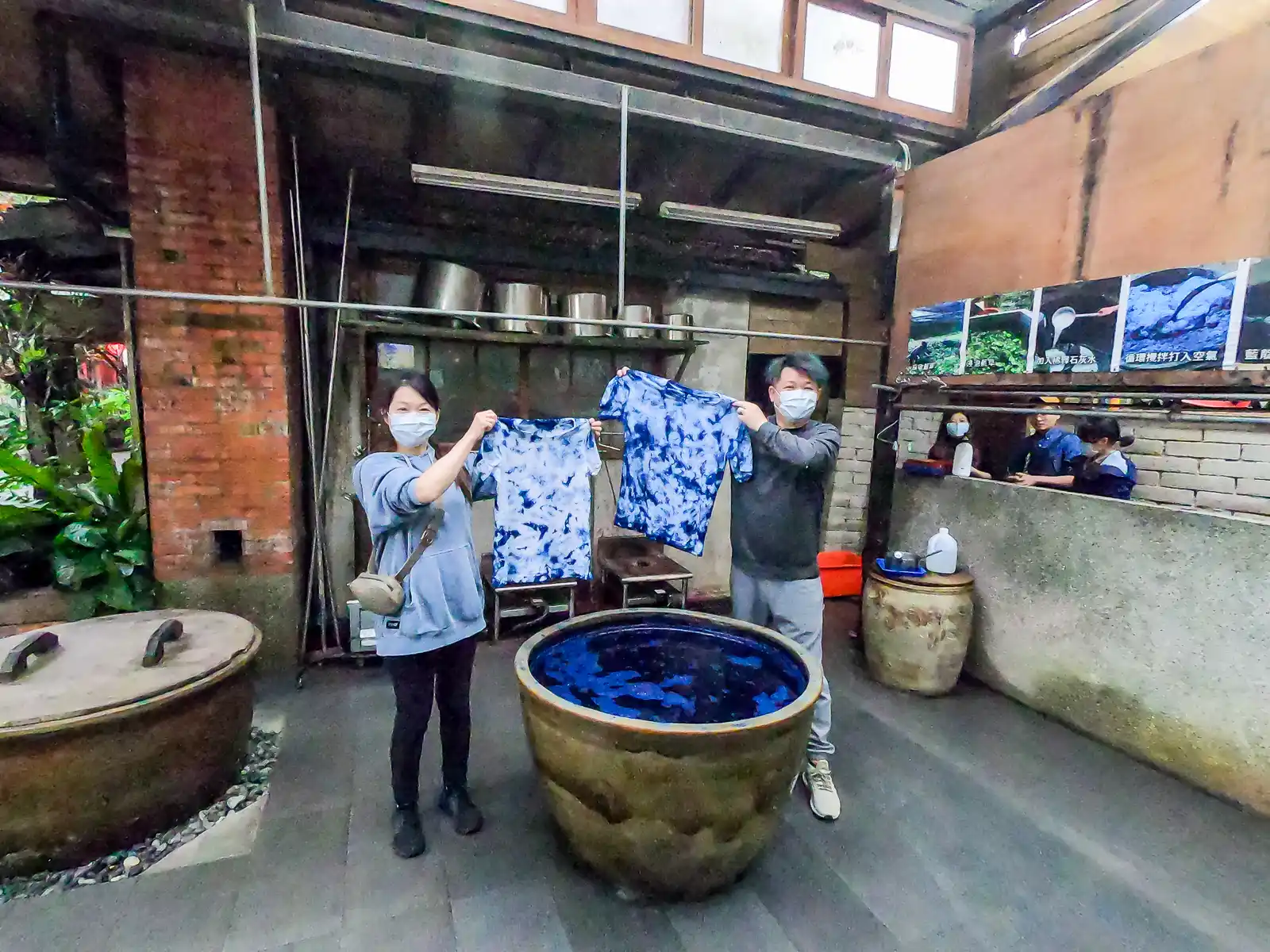
Former agriculturalists and husband-and-wife, Mr. and Mrs. Zhou built this 1960s-style bed and breakfast over terraced farmland after being stunned by its rich ecology. The layout of Zhuo Ye Cottage is modeled after traditional hakka villages, deliberately recreating the social essence of old farm communities. Paying homage to Hakka culture and tradition, the villa also offers DIY indigo dyeing workshops using their own organically grown indigo and cultivates over 50 other plant-based dyes.
Each themed villa has its own entry way for privacy, as well as balconies which allow for serendipitous friendly interactions with residents in neighboring villas. On the grounds, winding stone paths, decorated with traditional wood carvings and indigo fabrics, wind through the cottages surrounding gardens and ponds.
The property also features a workshop area, vegetarian restaurant, cafe, and garden, and is isolated from the surrounding area by bamboo forest and protected from the strong tropical sun by a thick canopy of indigenous camphor trees.

